Toby Harriman is a renowned aerial photographer and videographer based in San Francisco, California. He was given the opportunity to use the unreleased iPhone 12 and decided to see how the new hardware handled the challenges of shooting from a helicopter.
“Being an aerial photographer pretty much full time and having early access to the iPhone 12 Pro made this project a no brainer,” Harriman wrote.
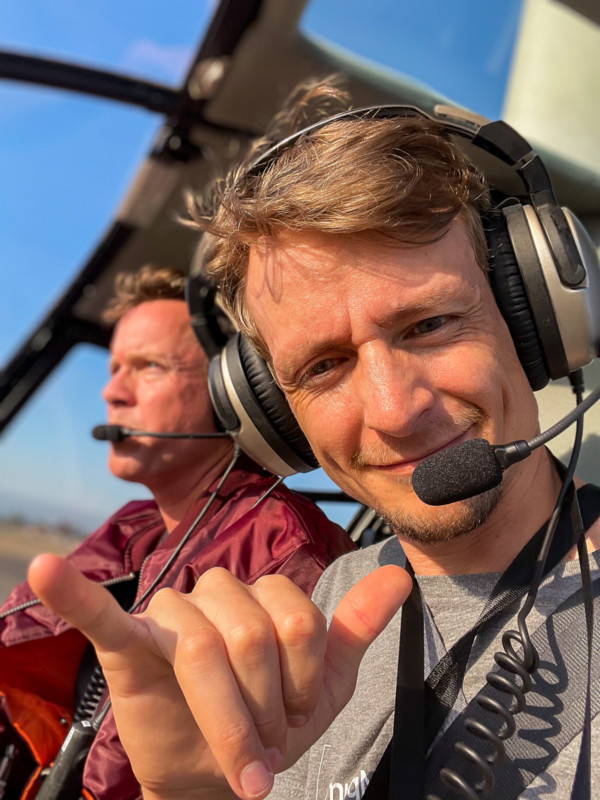
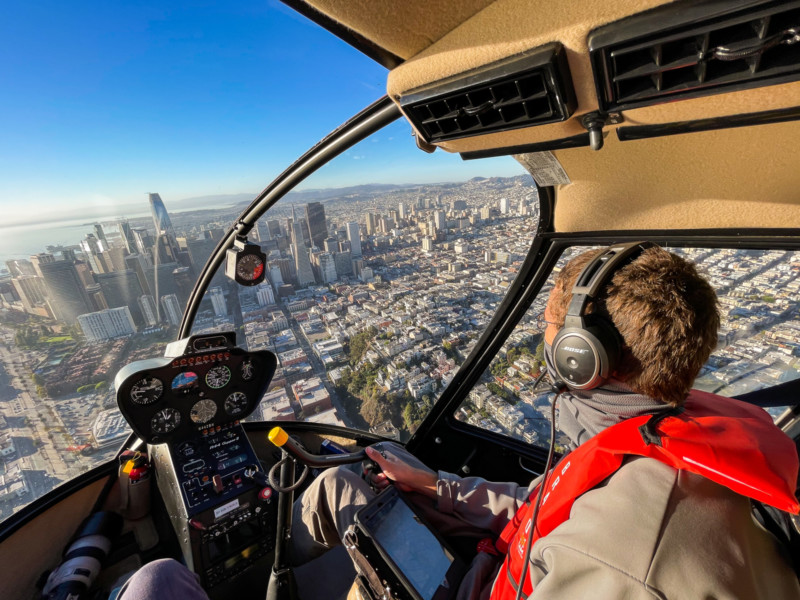


He says that to an extent, he may photograph his hometown from the air a bit too much, but this project gave him the opportunity to compare the previous work that he shot on older iPhones and other cameras with what he could do with the new iPhone.
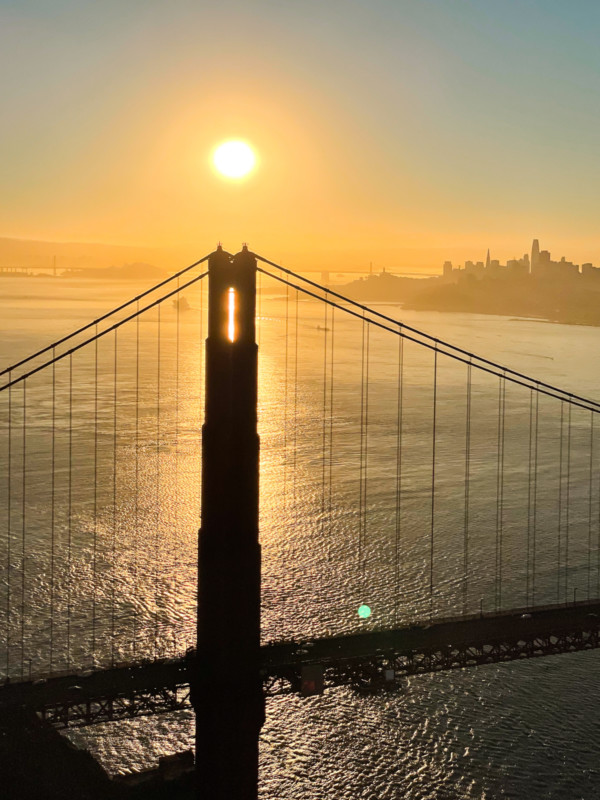






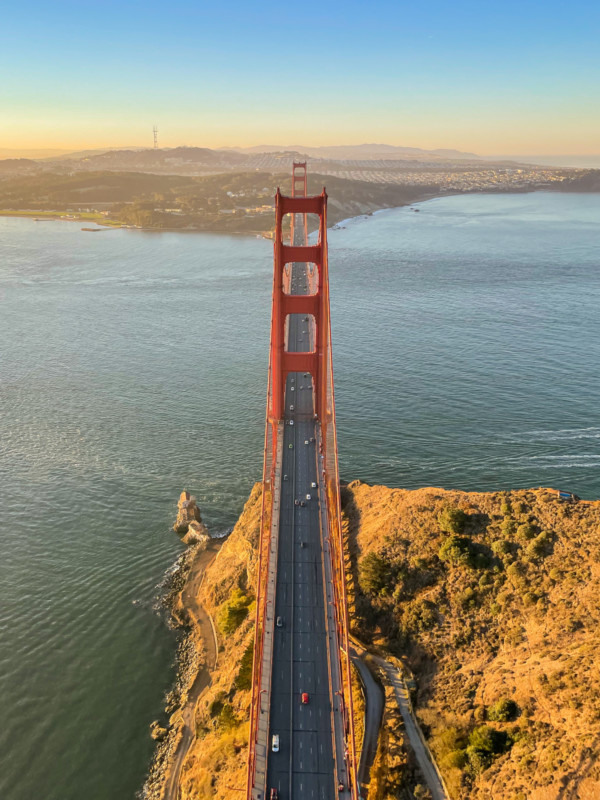

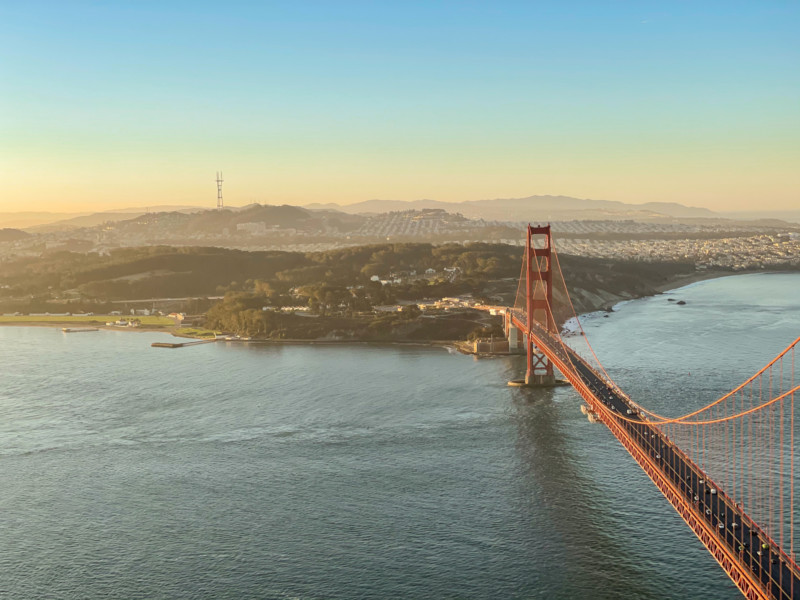
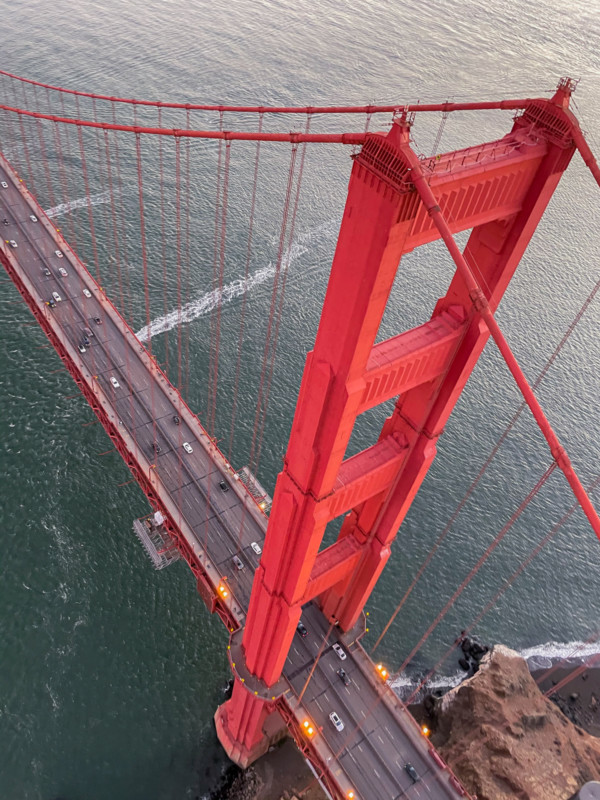


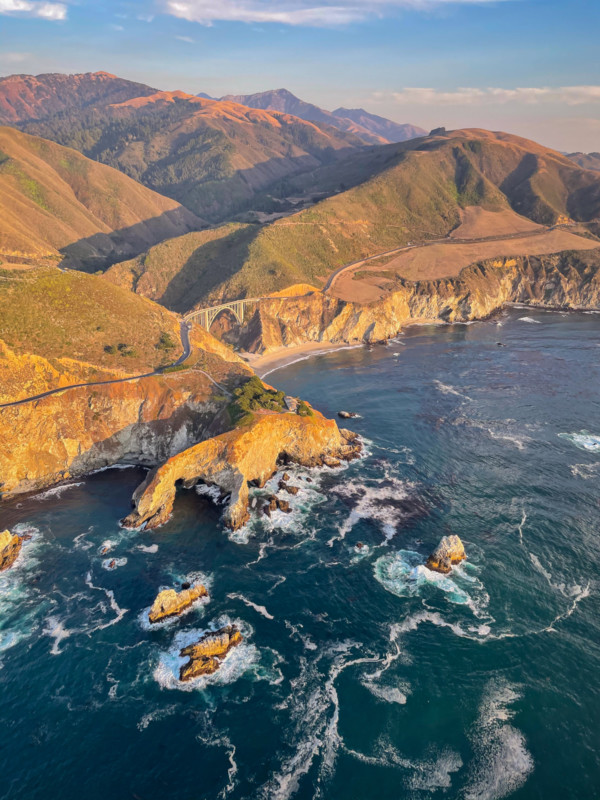

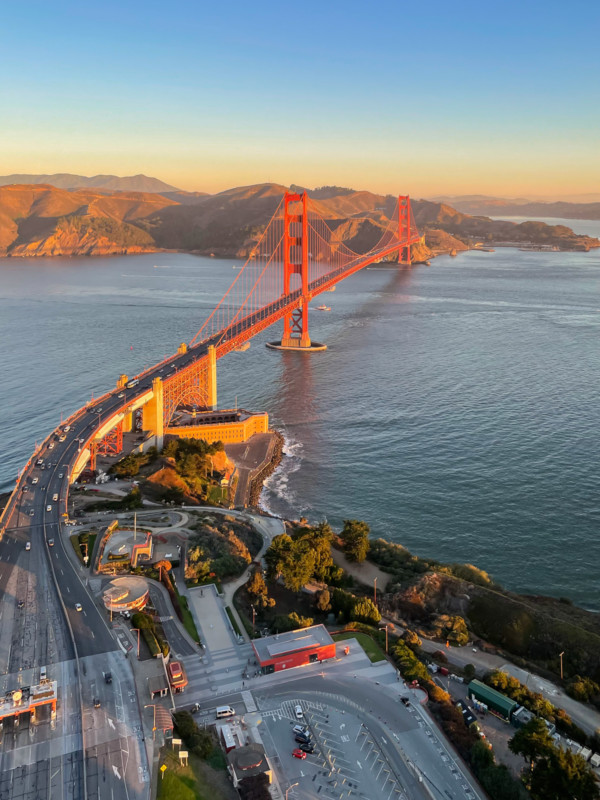
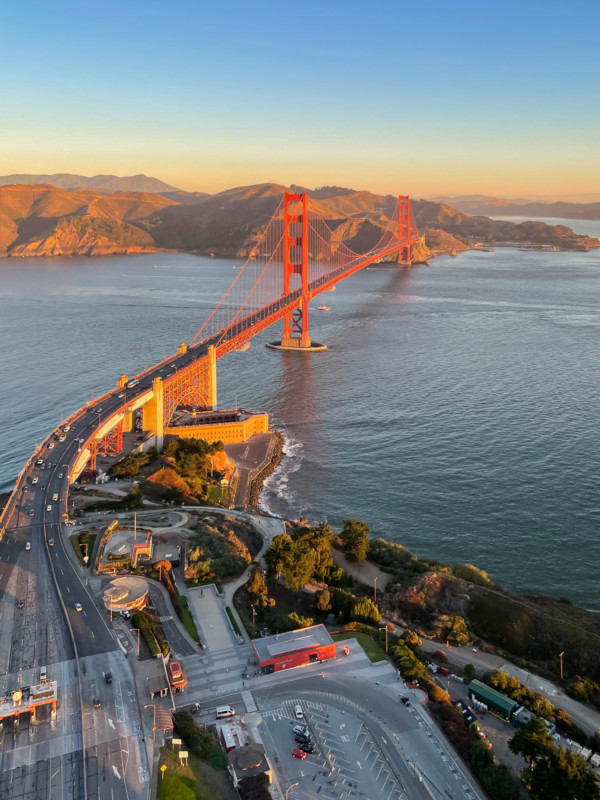

Years ago, Toby spearheaded an aerial project with the iPhone 6S – the first iPhone to feature 4K capture – and was curious how several generations of technology later would affect how footage looked and handled.
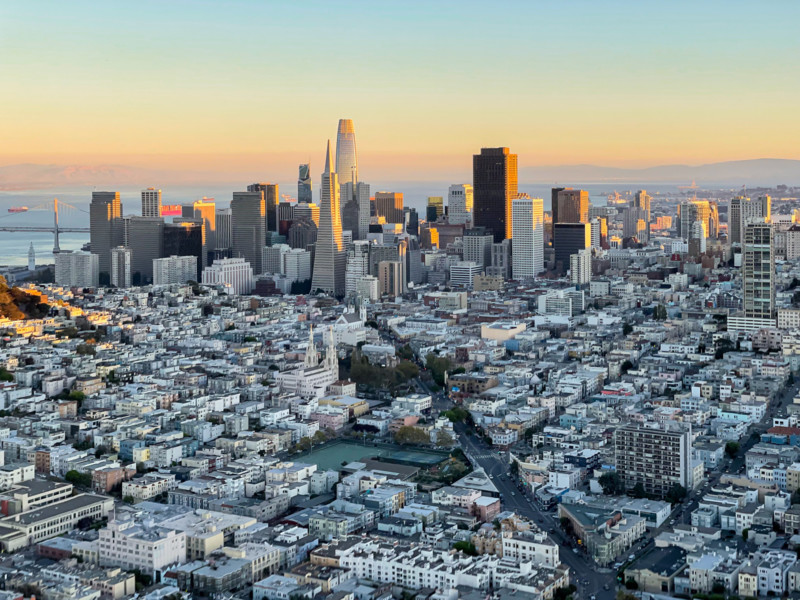
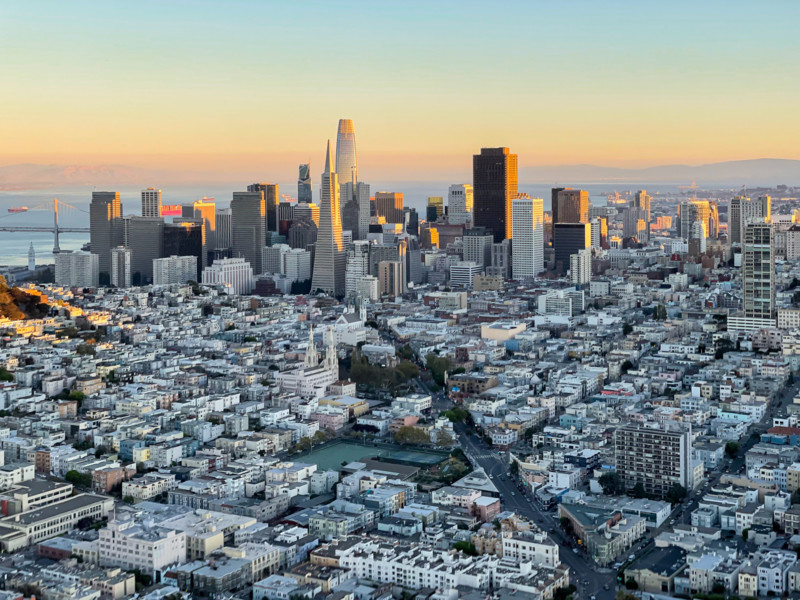

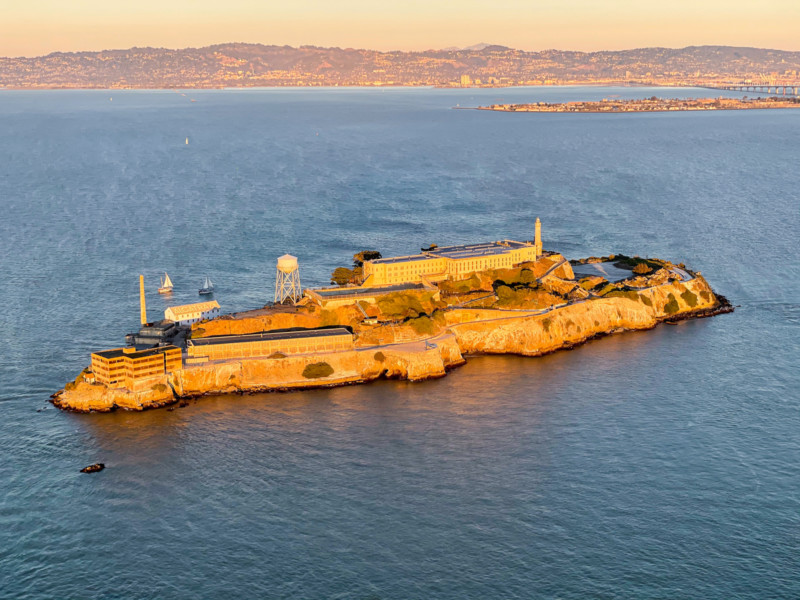
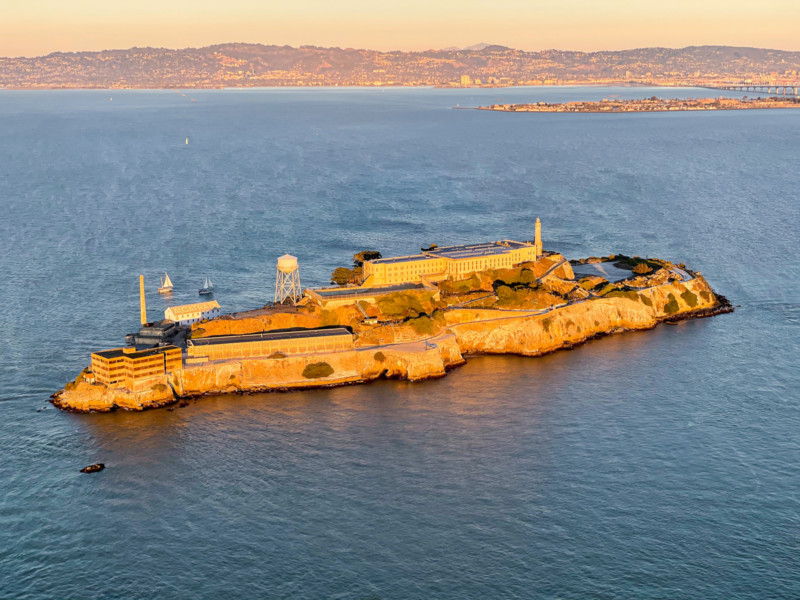

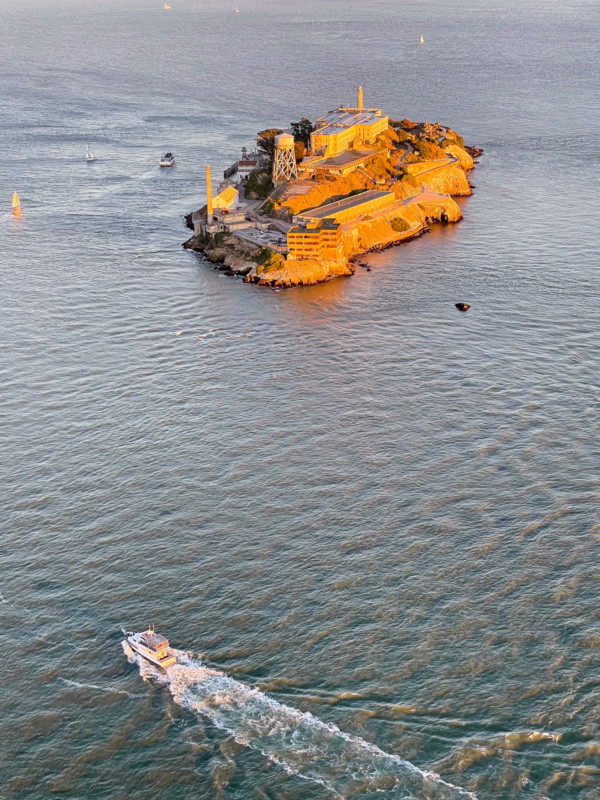


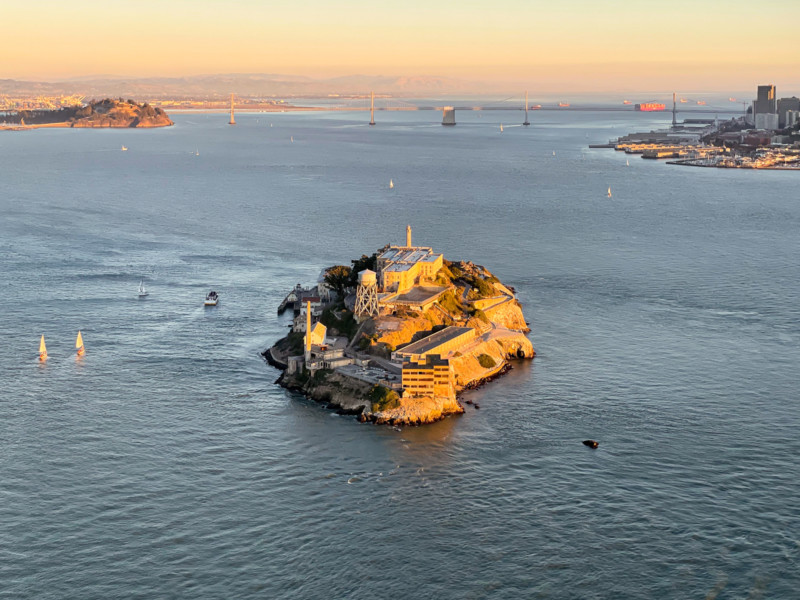
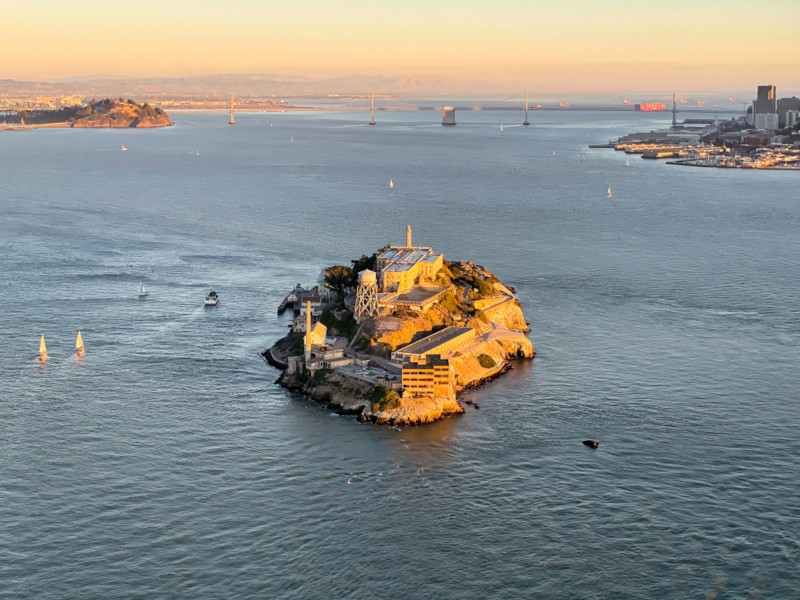

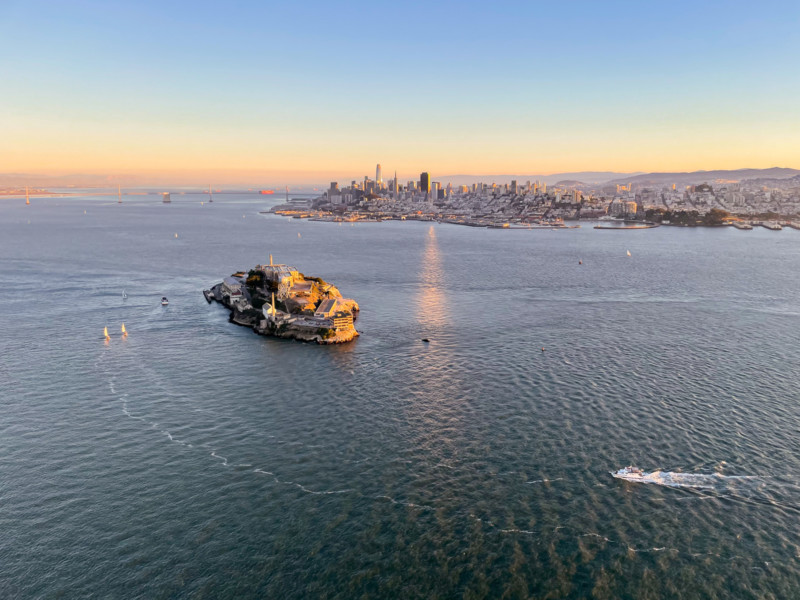


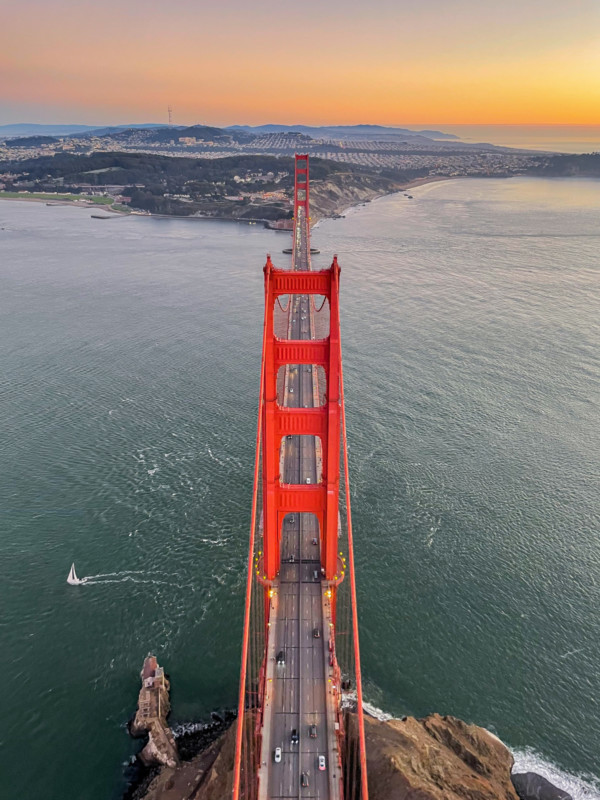
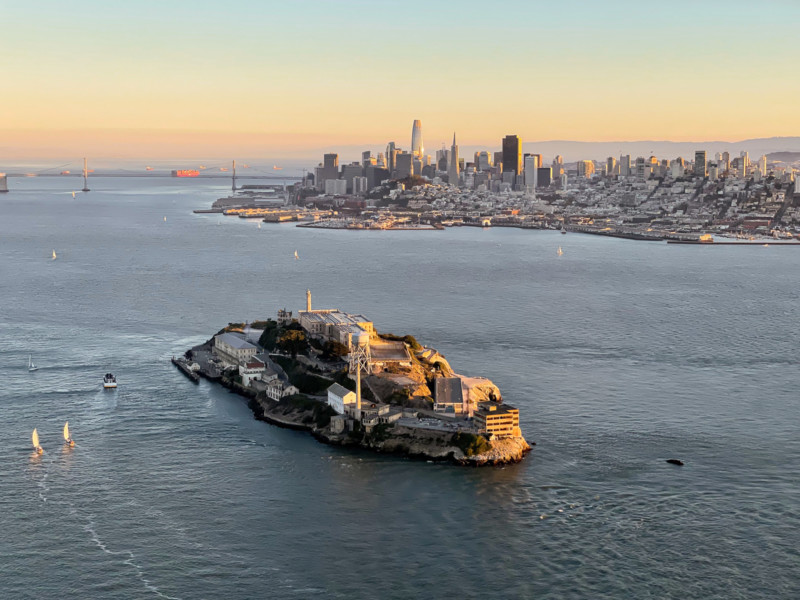

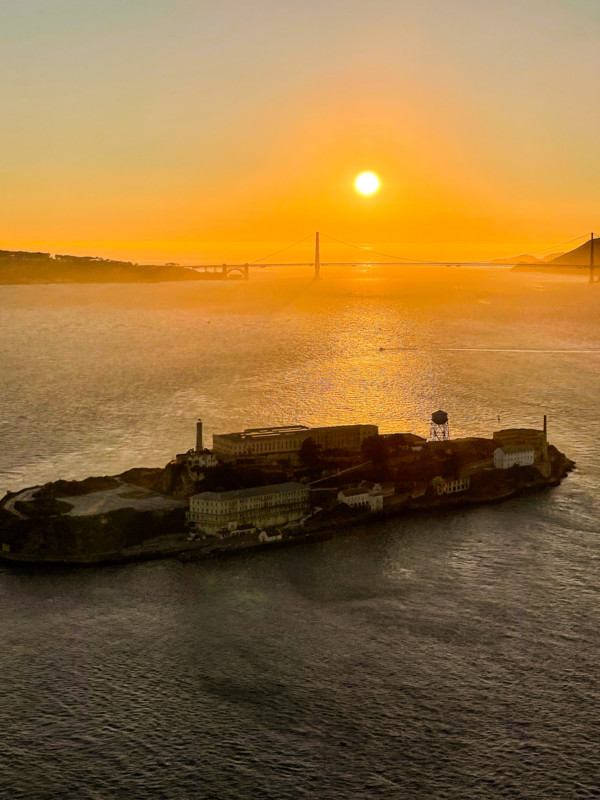
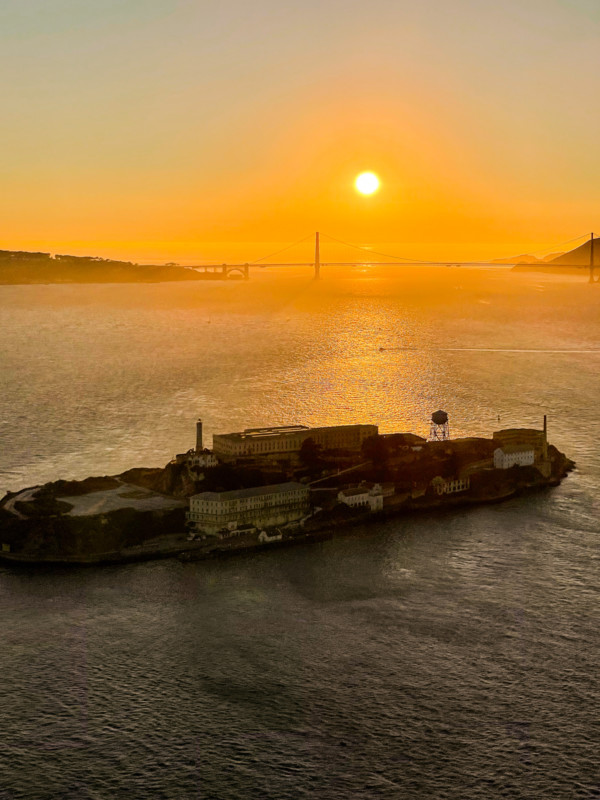

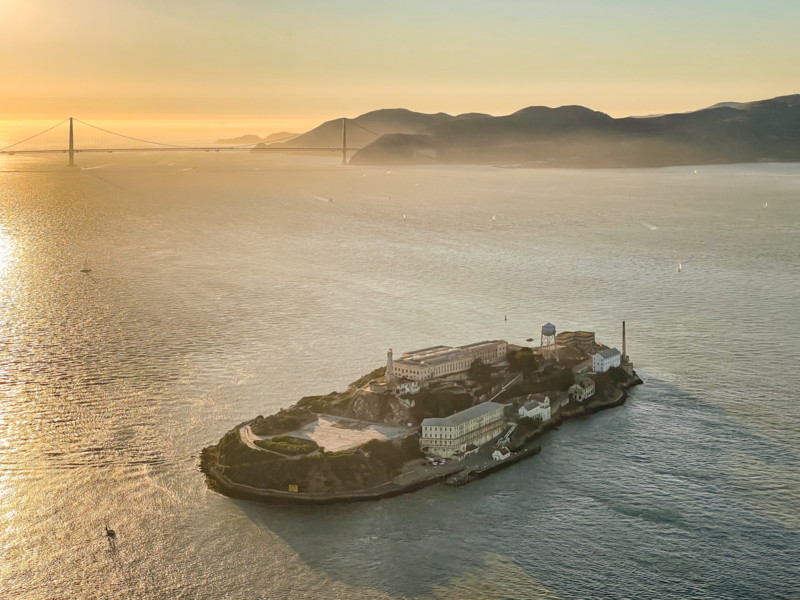
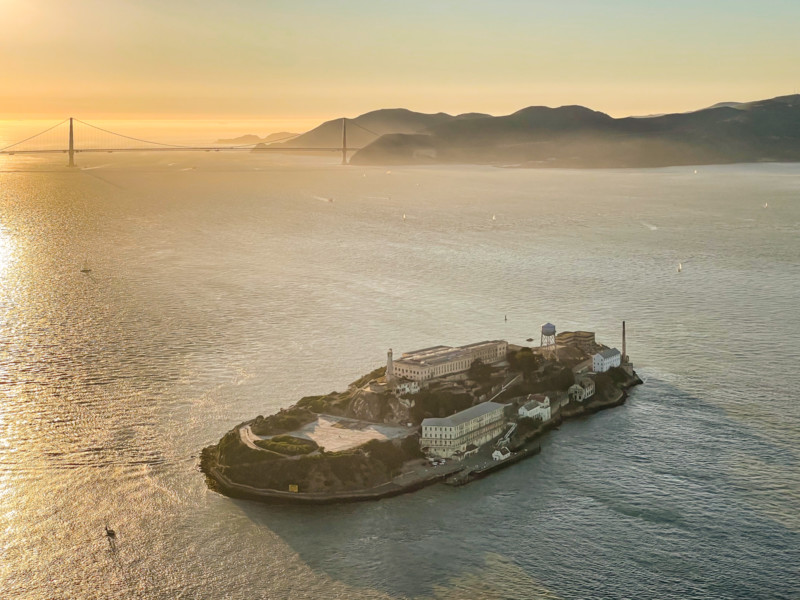

“I shot this film using the built-in HDR video mode with no 3rd party apps. Everything was shot in 4K 60fps or 4K 24fps,” he said. “Edited in Adobe Premiere. Photos edited in Adobe Lightroom. Minimal adjustments.”



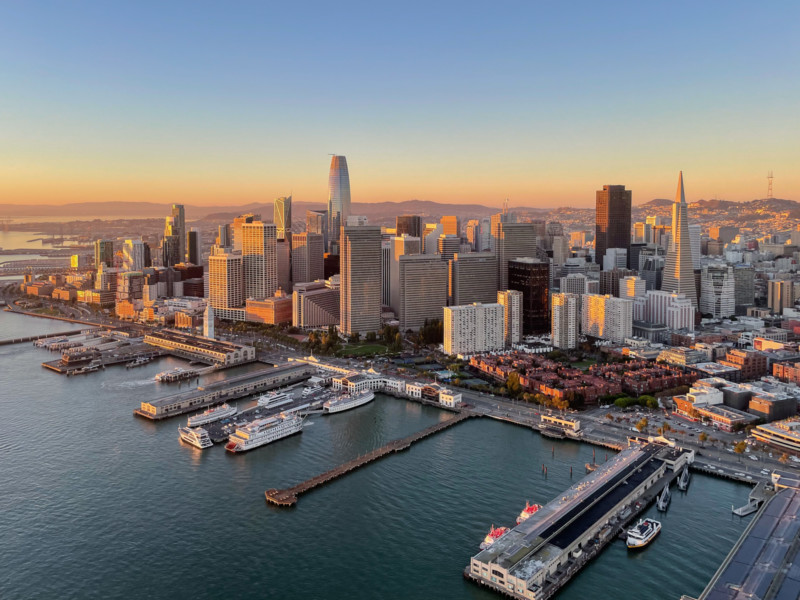
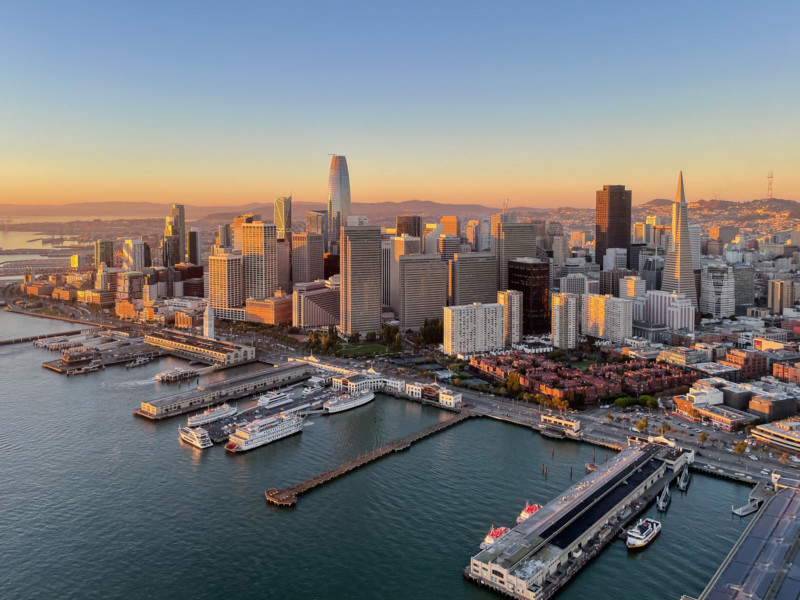

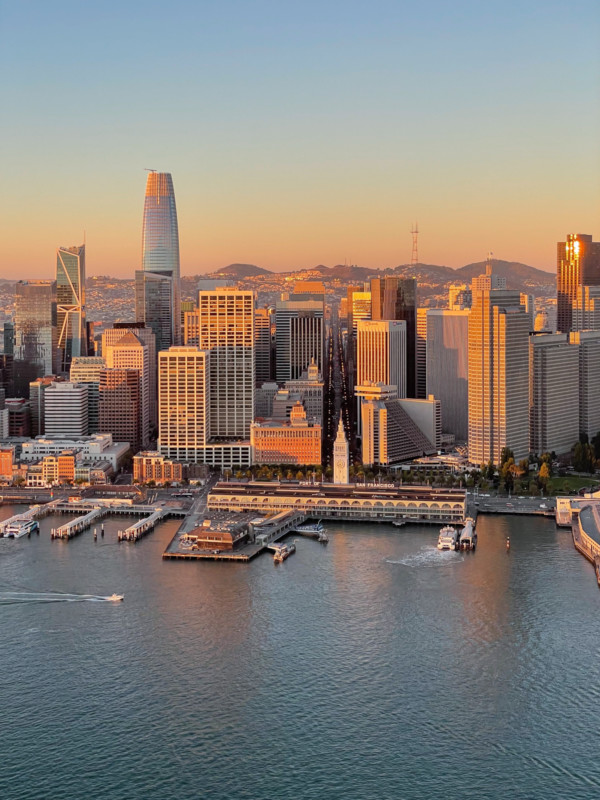
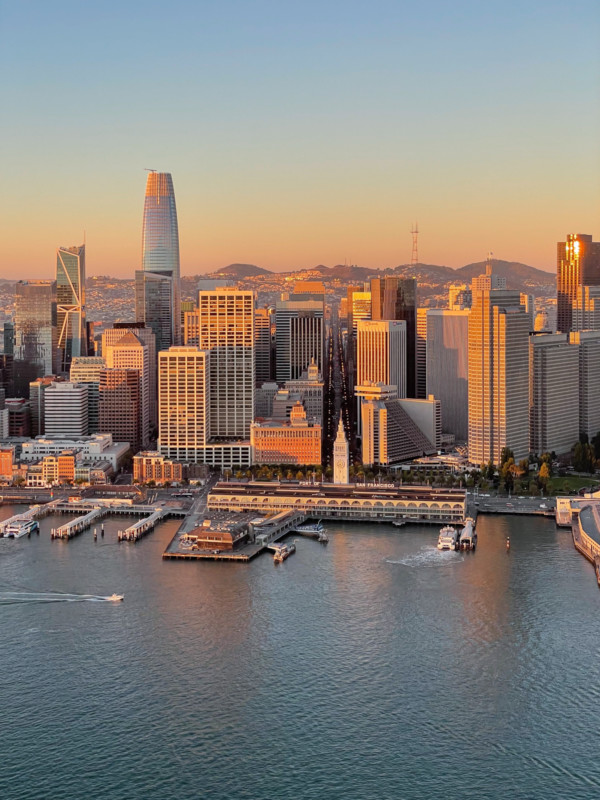

In addition to flying over the City by the Bay, Toby chartered a second flight over Big Sur, a coastline famed for its natural beauty.
“I am always dreaming of flying over as much land or water as possible,” Harriman said. “I have flown in the Bay Area a couple of dozen times over the years, and have been flying over Los Angeles and San Diego as well. But finally getting to fly out of Santa Cruz down to Big Sur, was a special treat.”
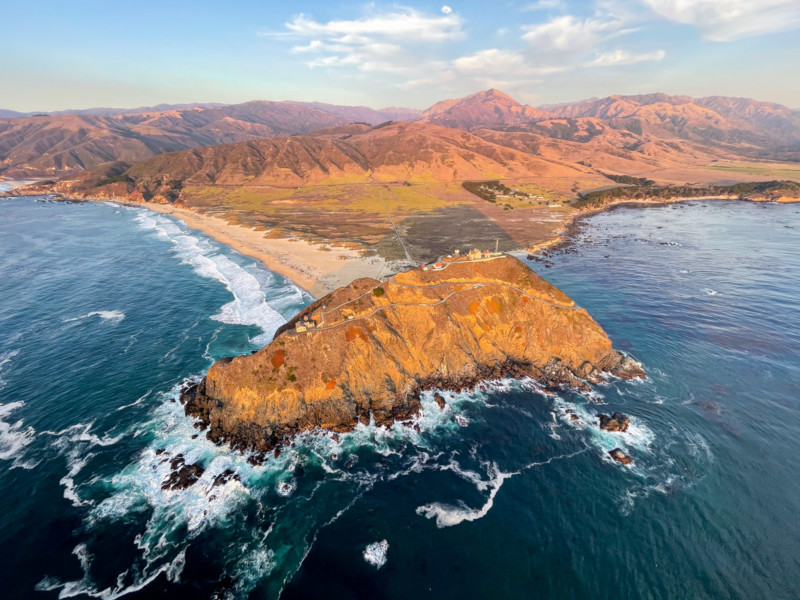
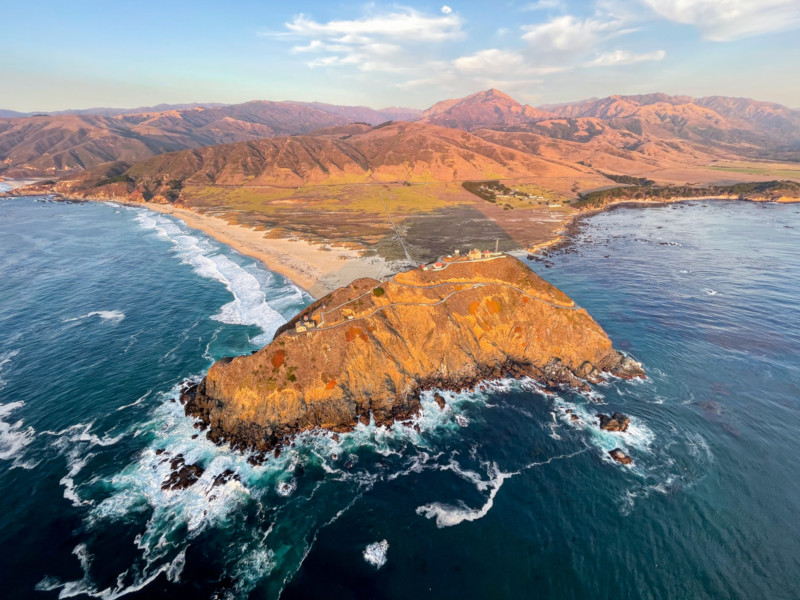

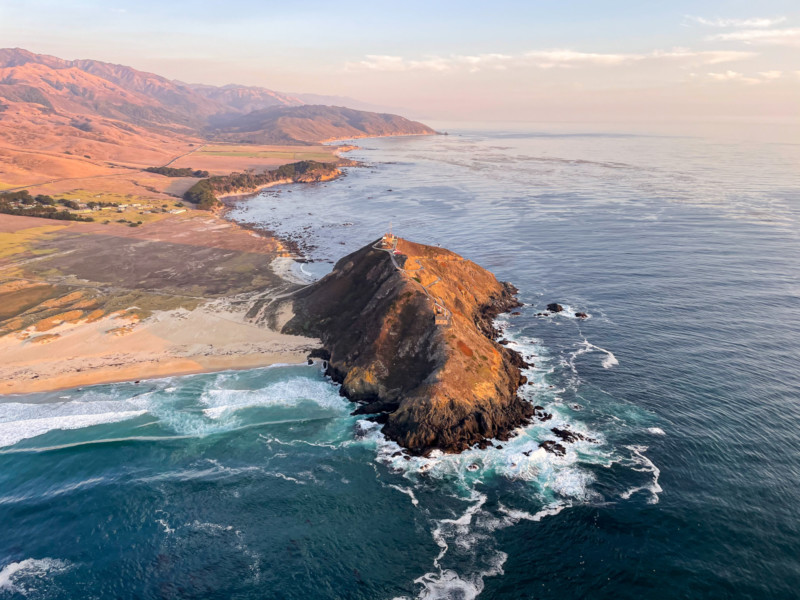
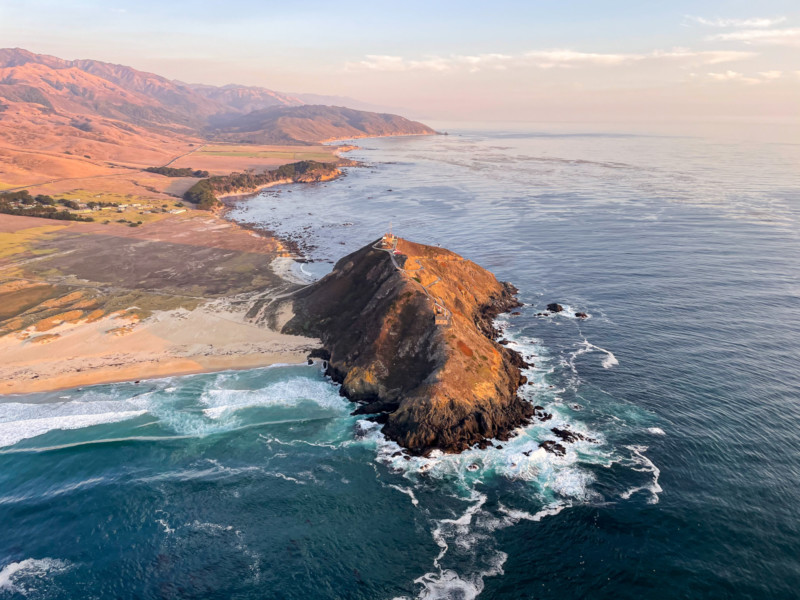

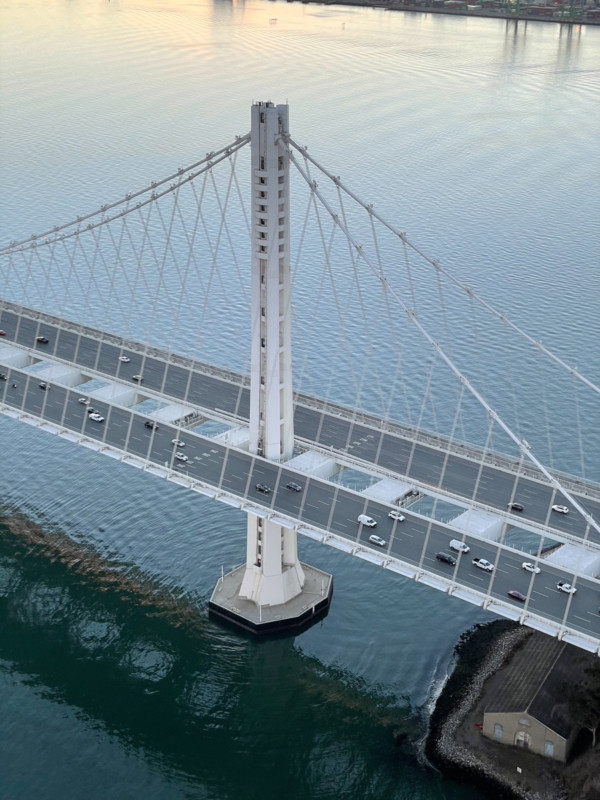


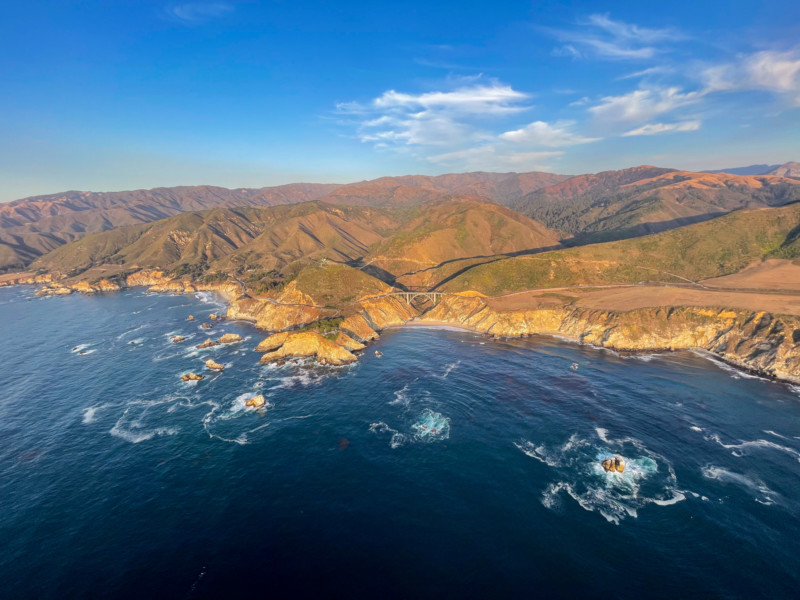
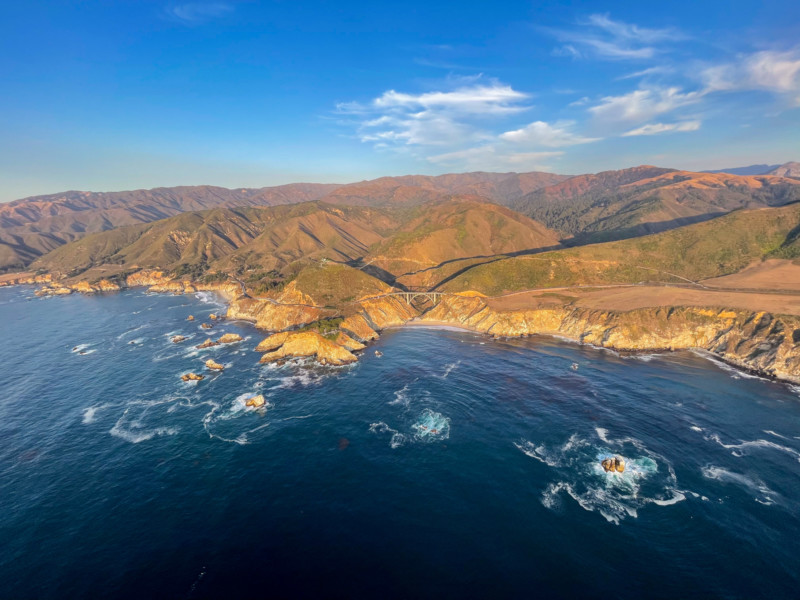

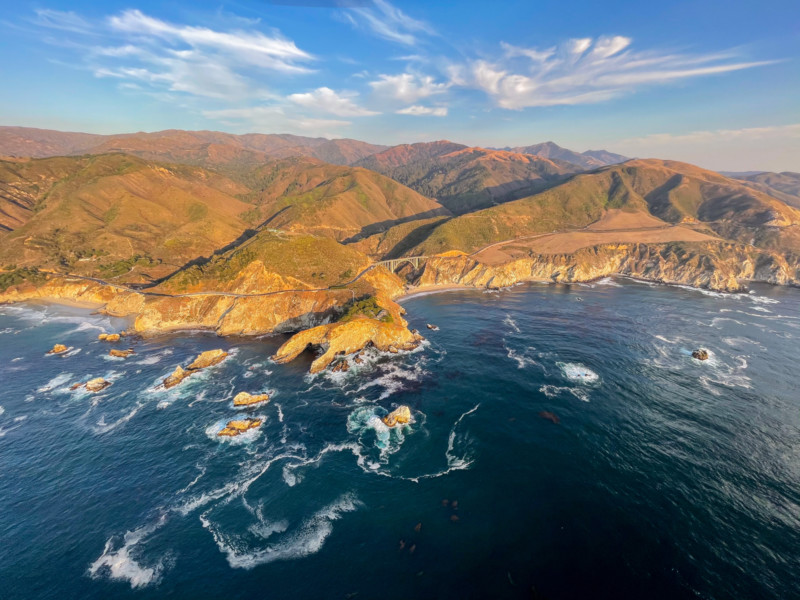
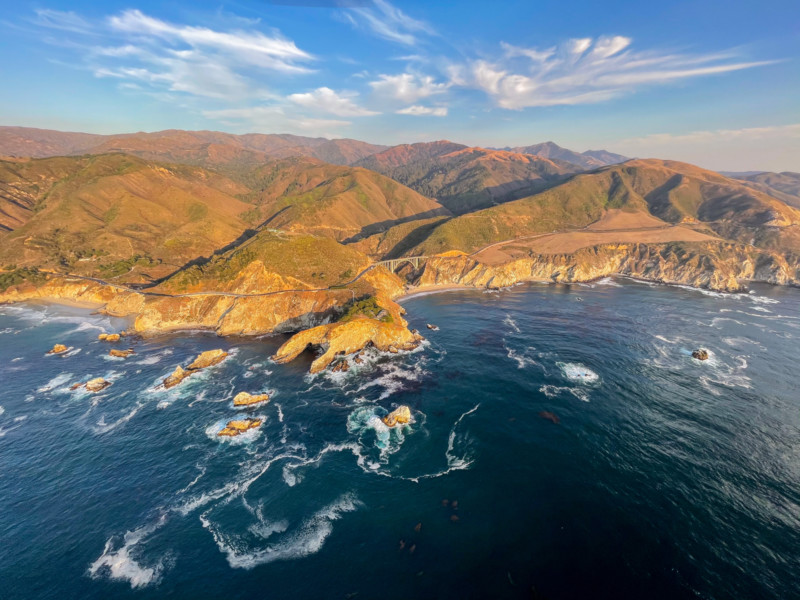

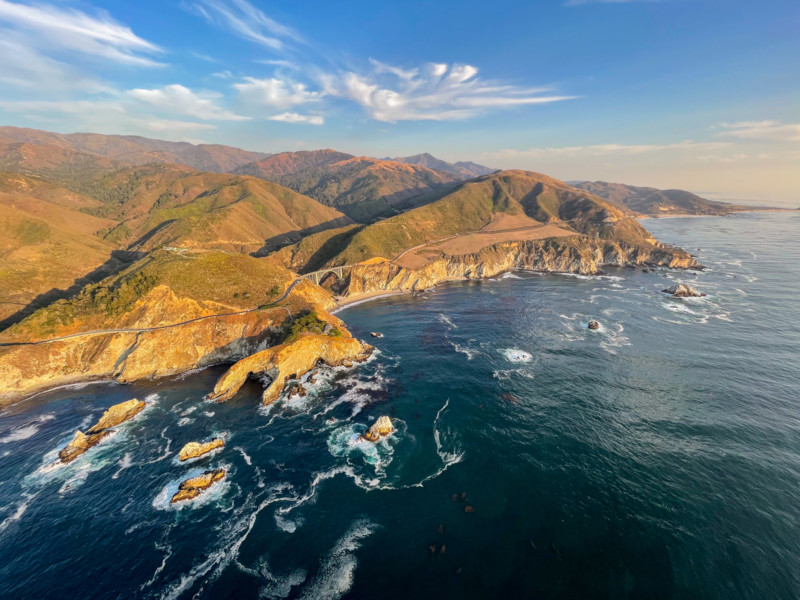





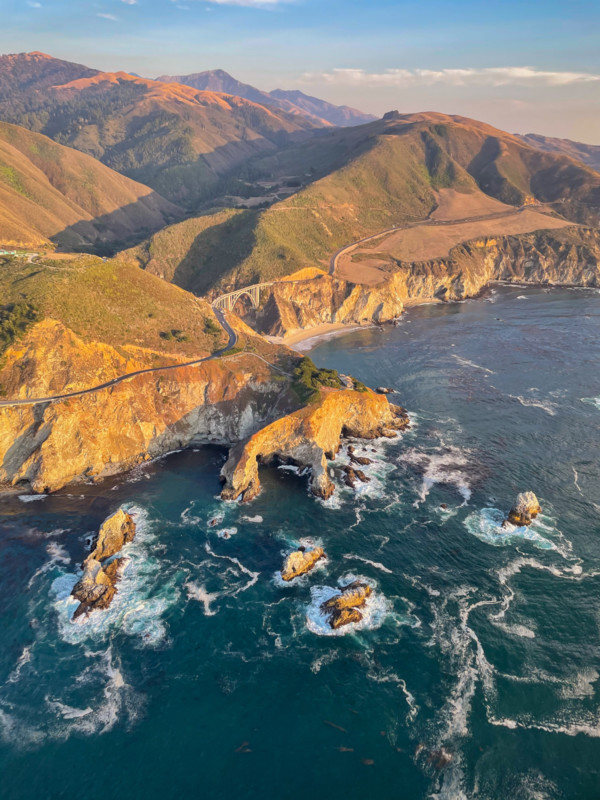
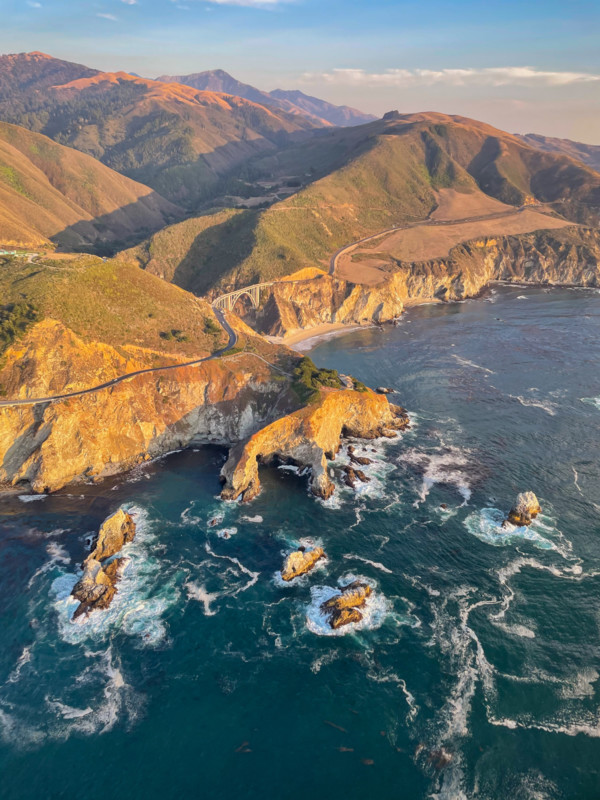

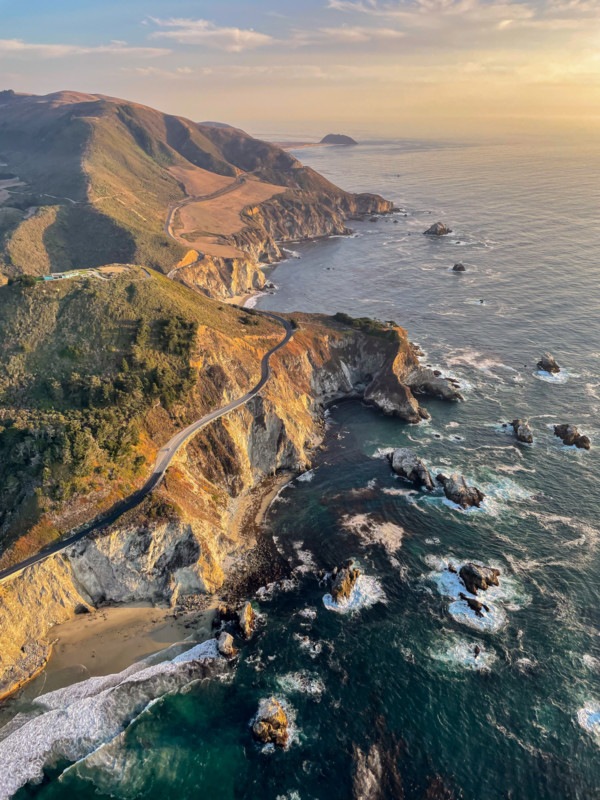
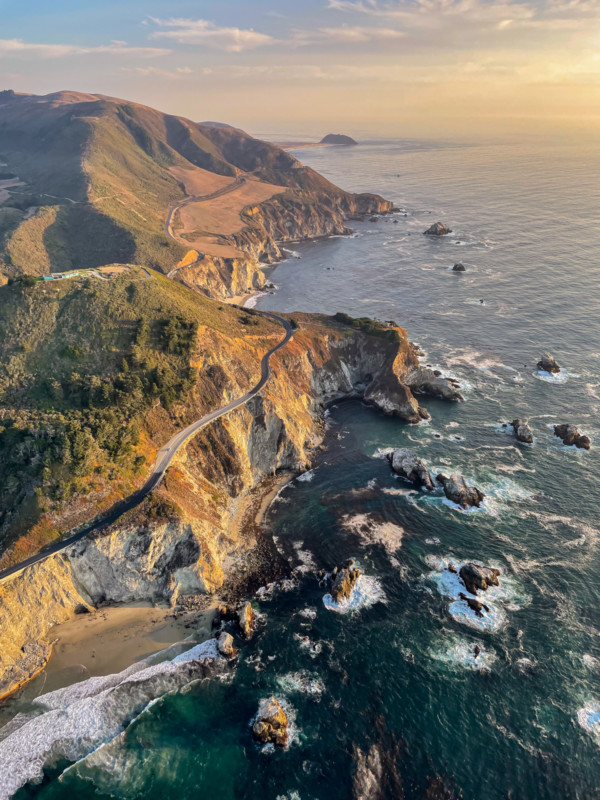

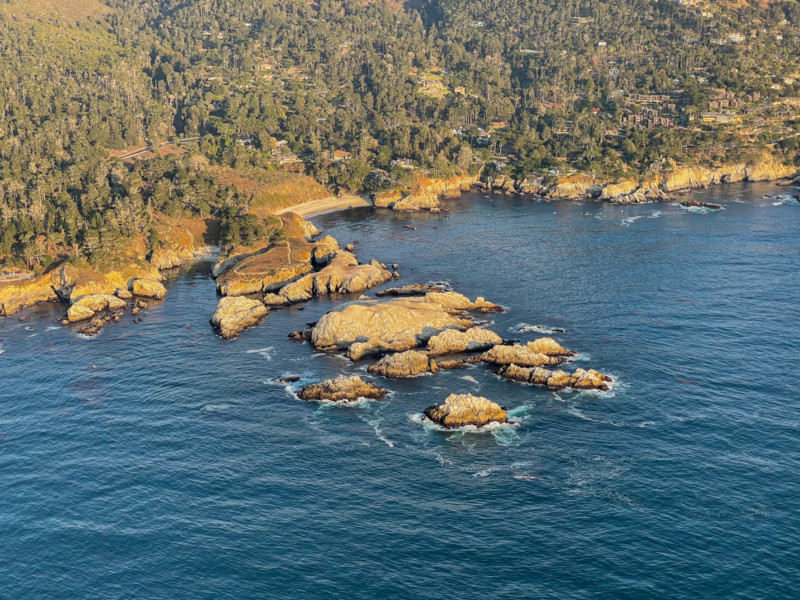
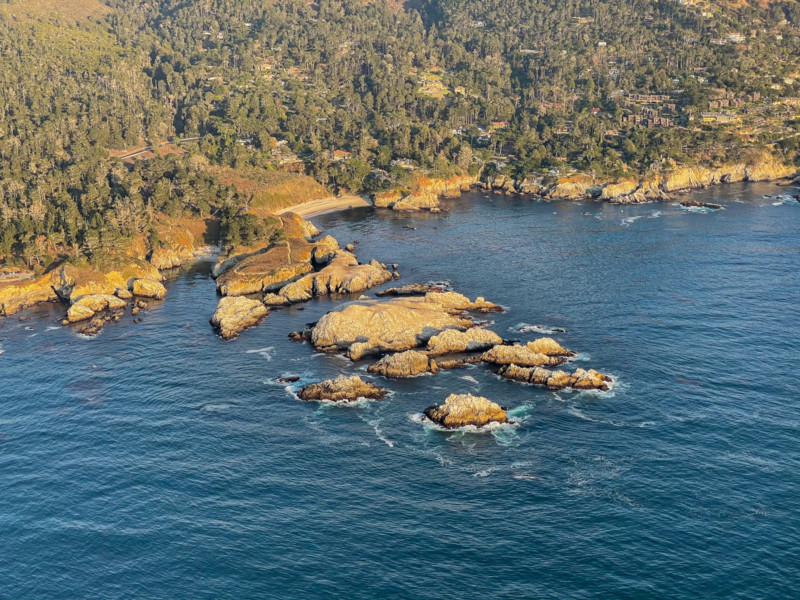

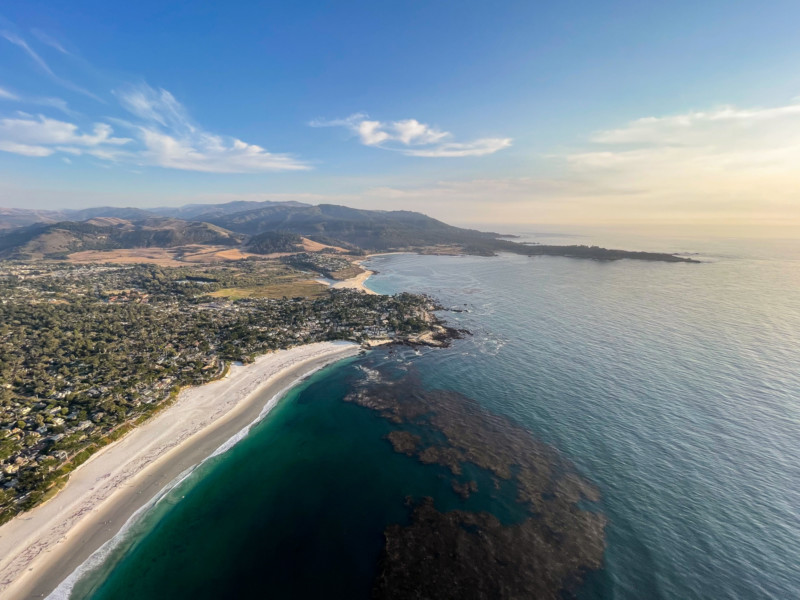
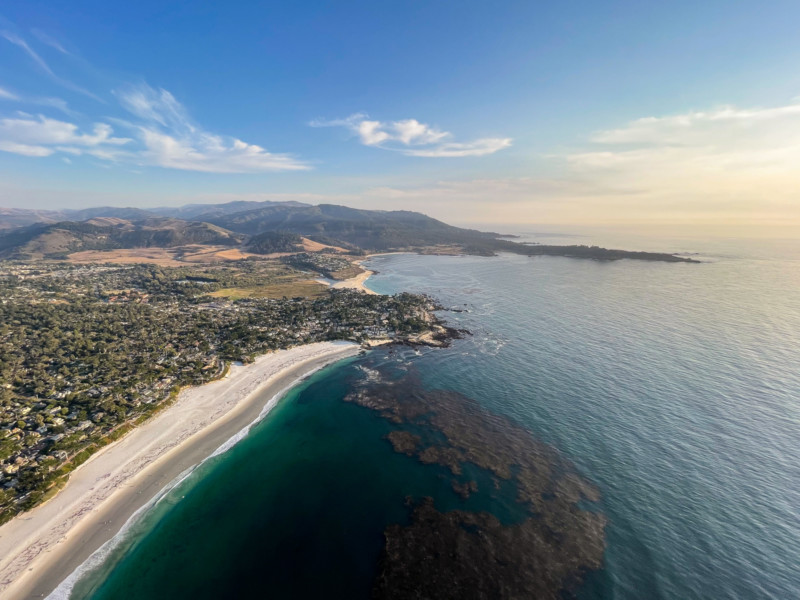

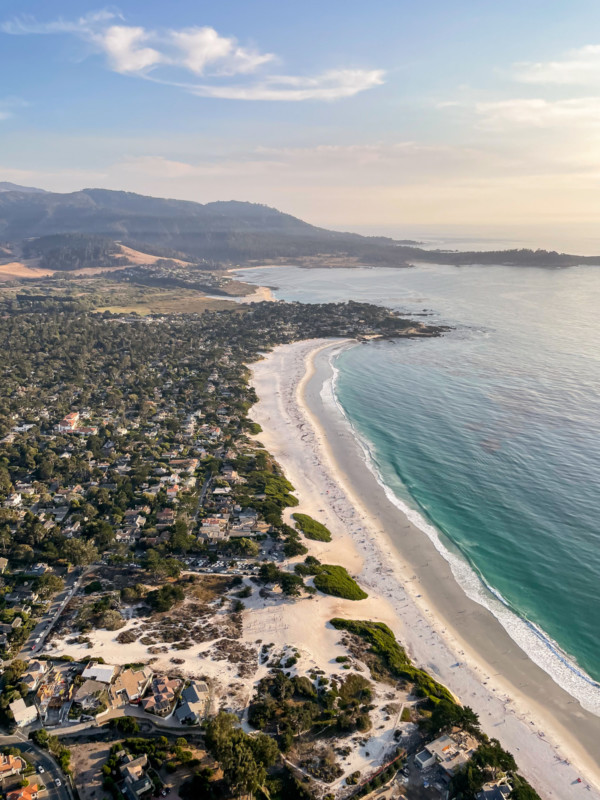
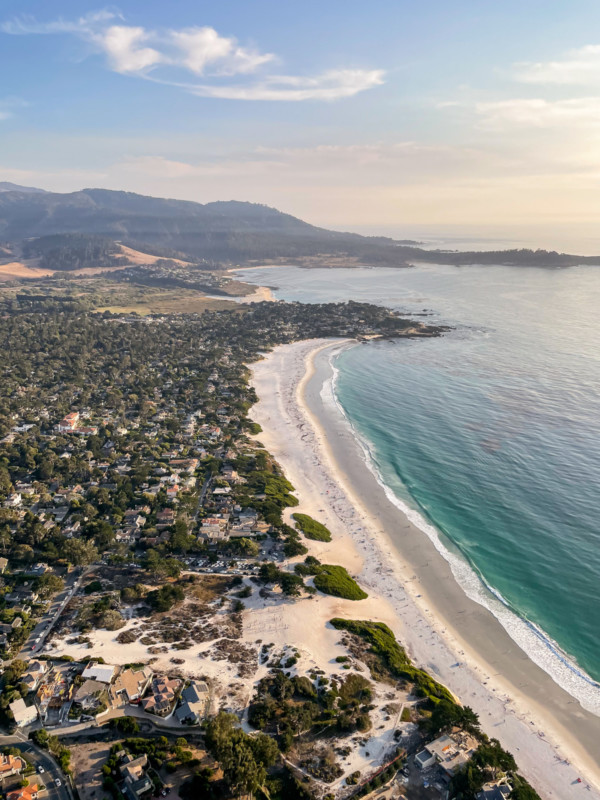

The iPhone 12 Pro (and the Pro Max) feature the first cameras that can shoot to an HDR profile called Dolby Vision. To this point, releasing footage in Dolby Vision HDR required that metadata to be encoded in the edit, and no camera shot to that format natively prior to the iPhone 12. Apple products that have been released since 2018 support Dolby Vision HDR for playback, and many new televisions are also Dolby Vision capable. If your screen doesn’t support Dolby Vision (and YouTube currently does not either) the footage would be translated into a different HDR format.
This particular video project was not uploaded in HDR as it was an unfamiliar process that required more research to assure it was done correctly, Harriman told PetaPixel. An HDR version of the film may become available later and we will add it here if so.
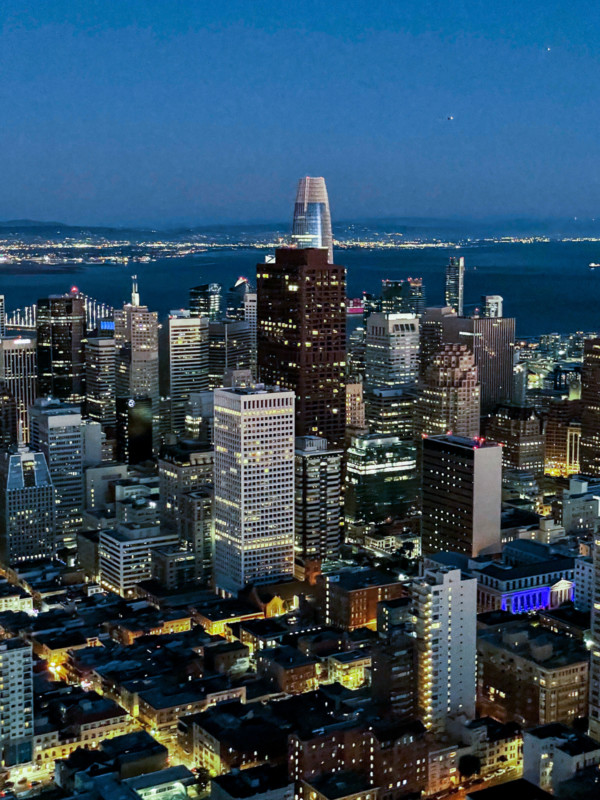
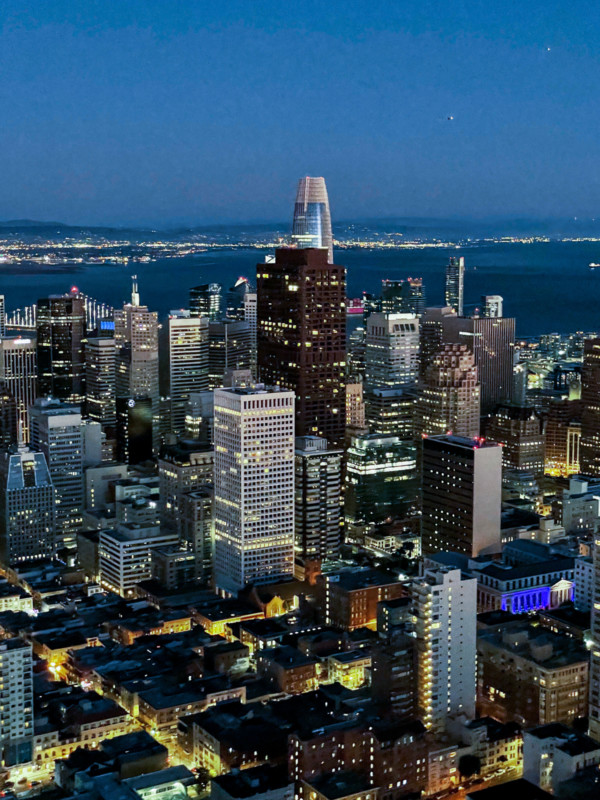


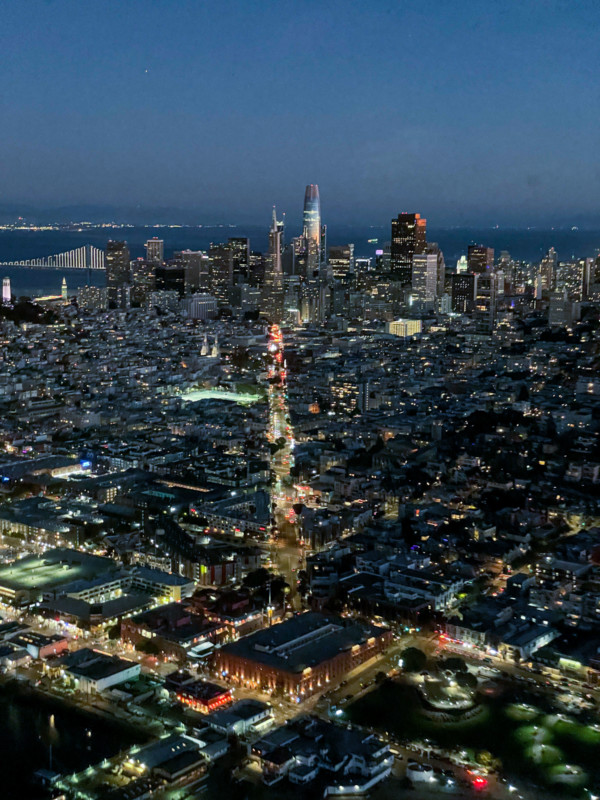

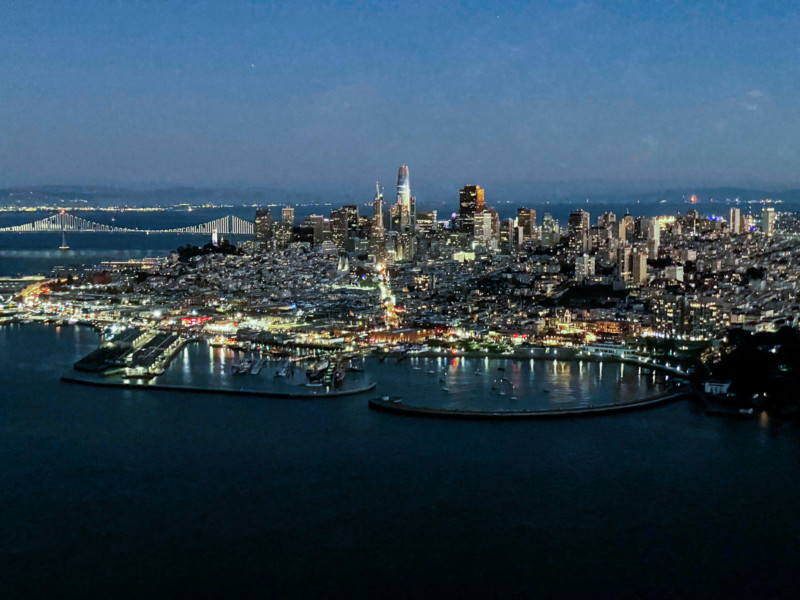
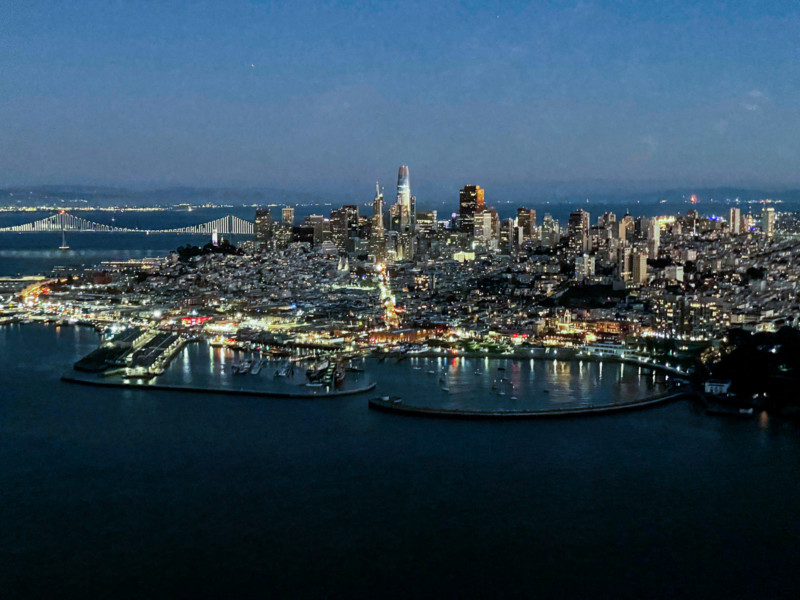

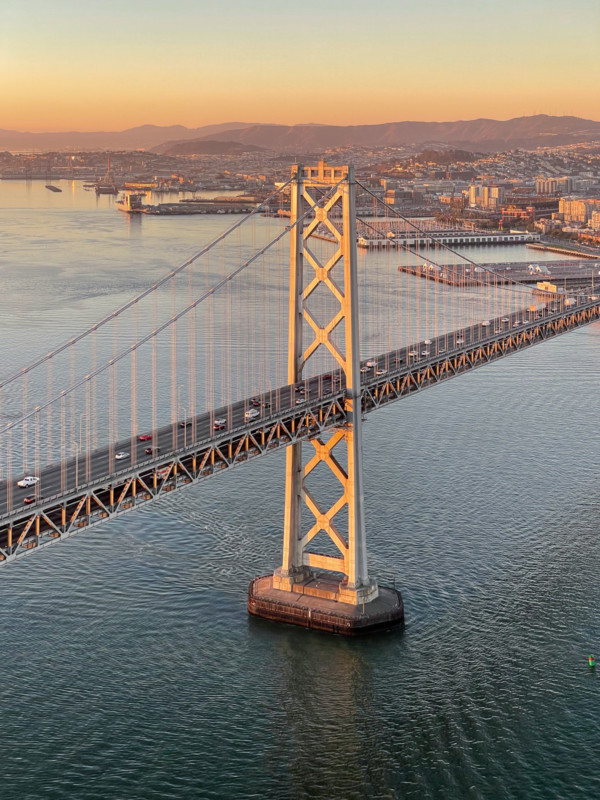
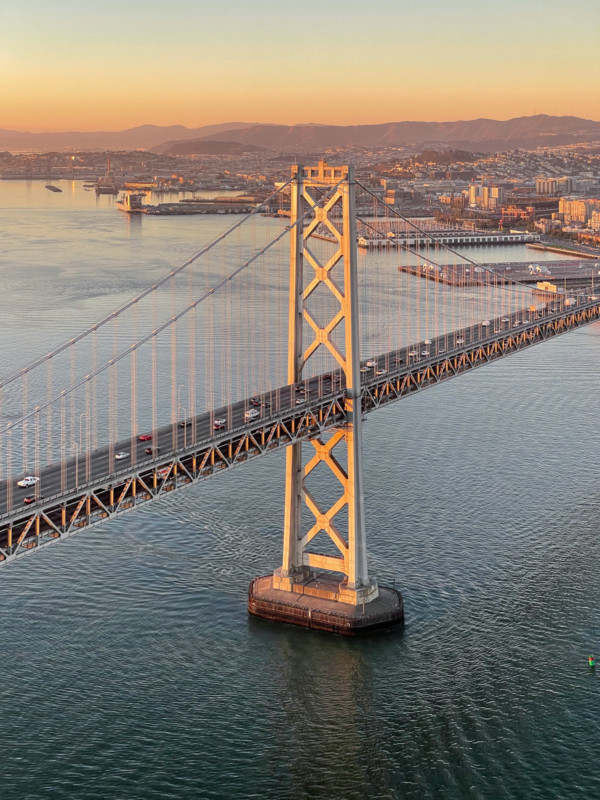

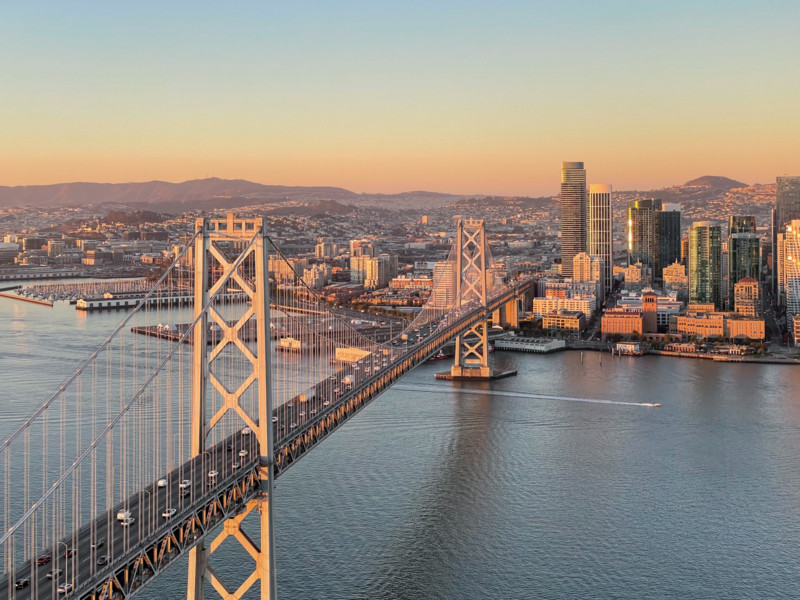


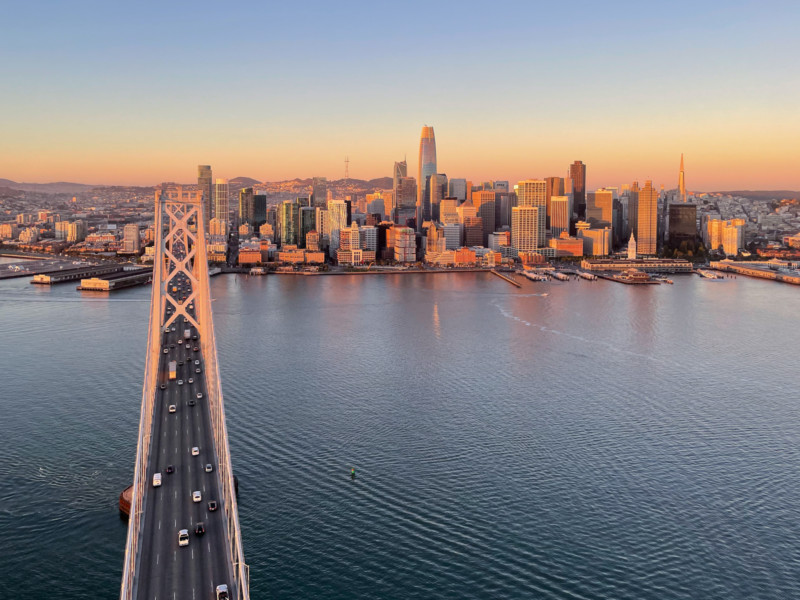


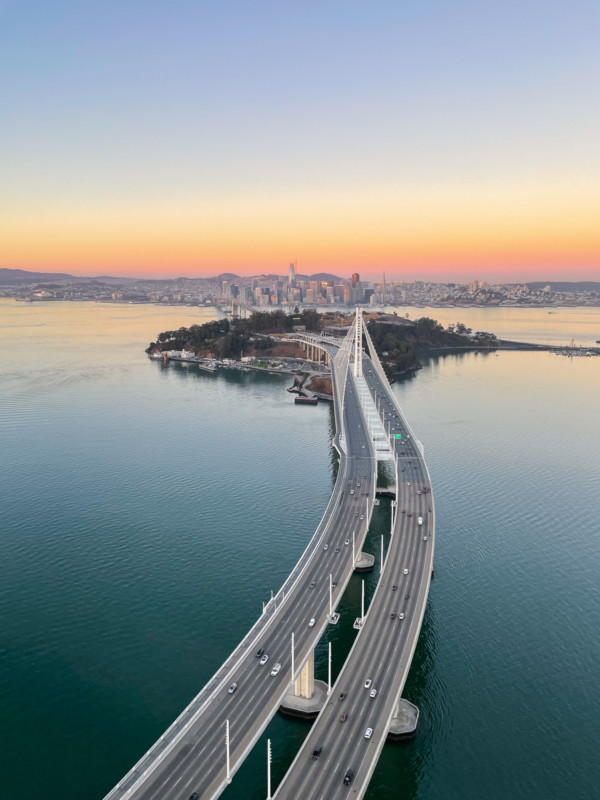


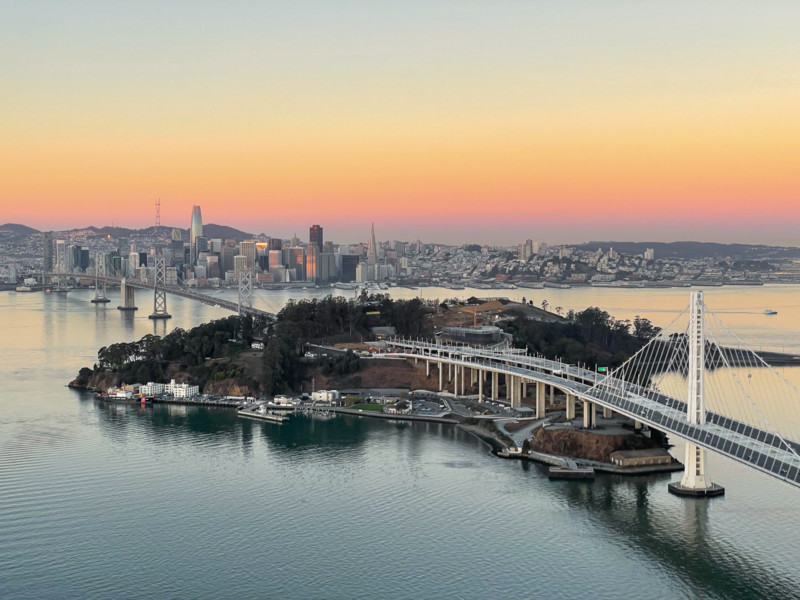
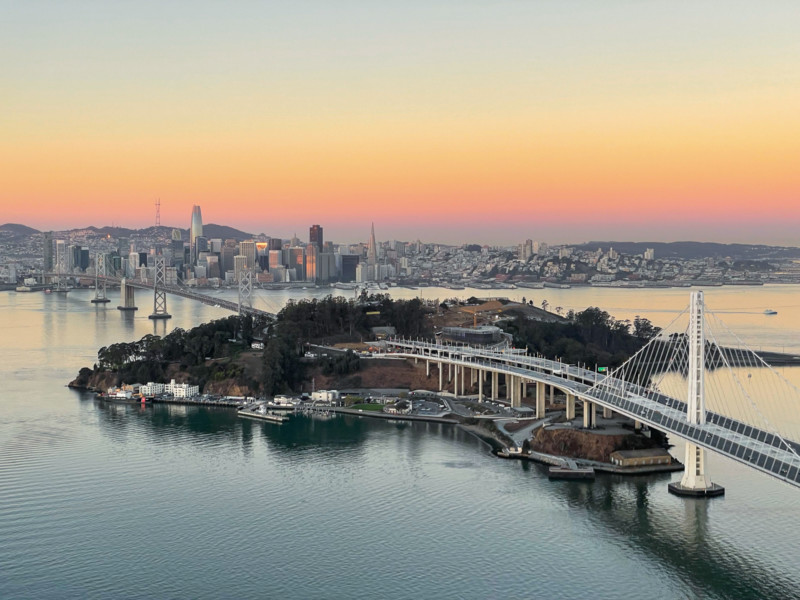


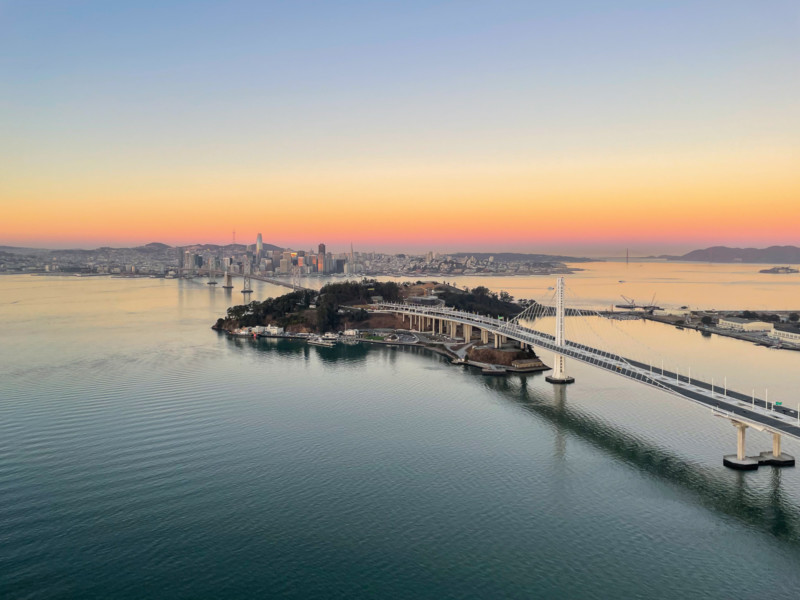

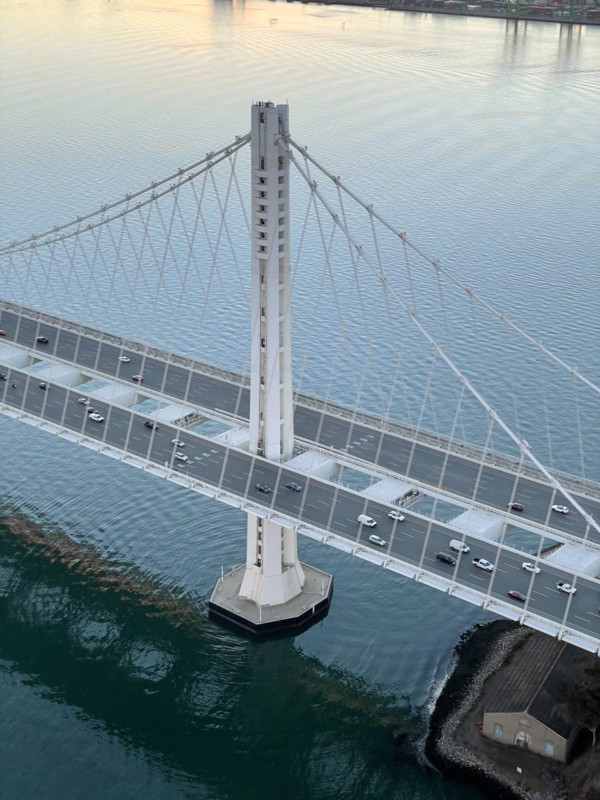


Even though the number of devices that can view Dolby Vision is small, and no social media service currently supports the format for uploaded content, the iPhone is pushing the envelope and it is likely that we’ll see it become more widely supported in the near future.
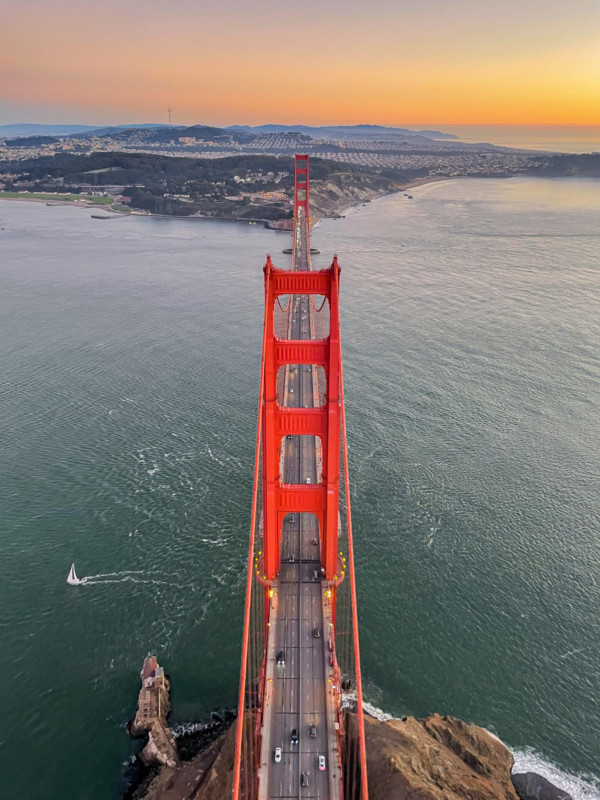


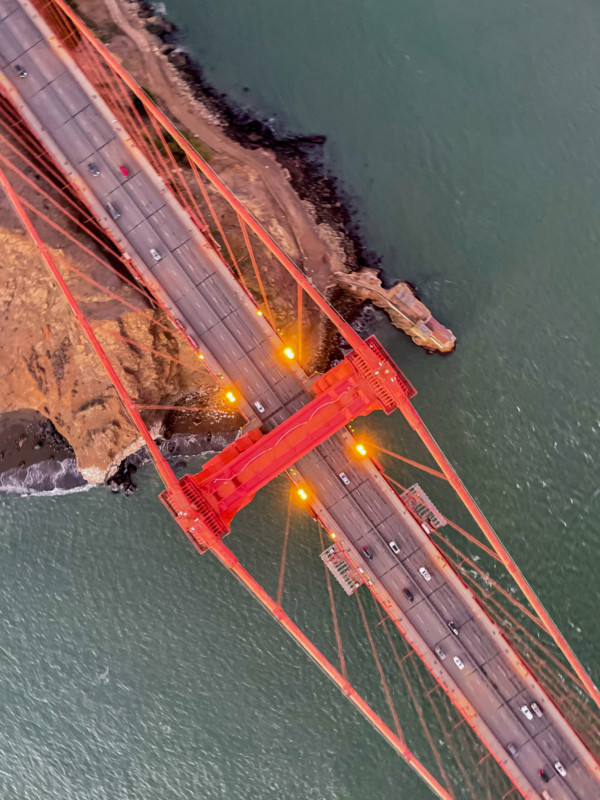
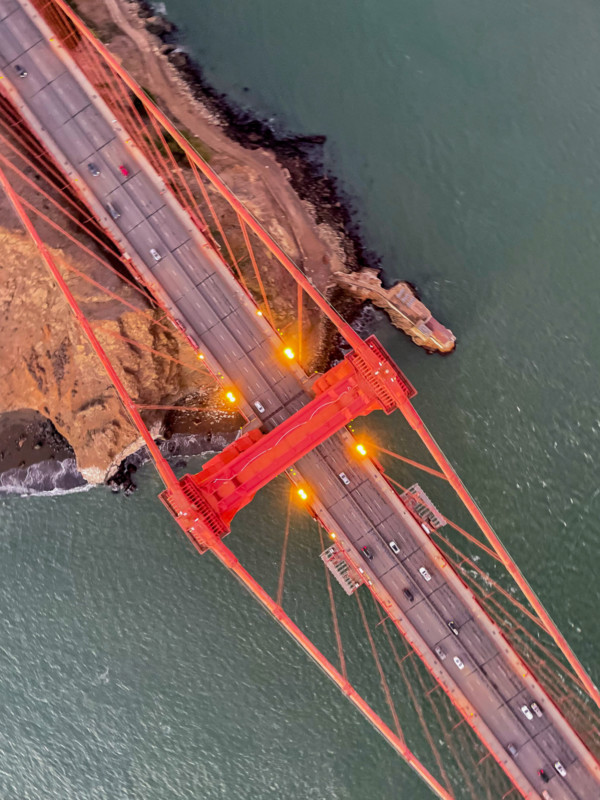

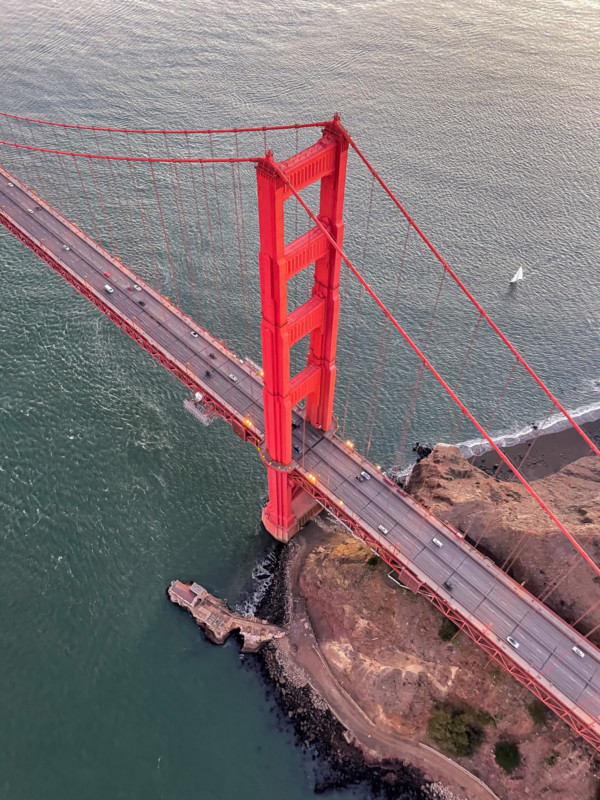


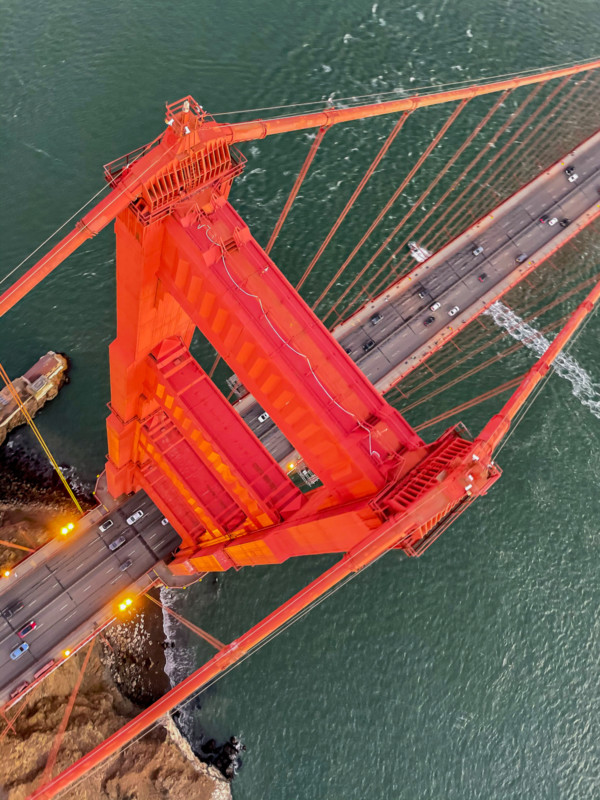
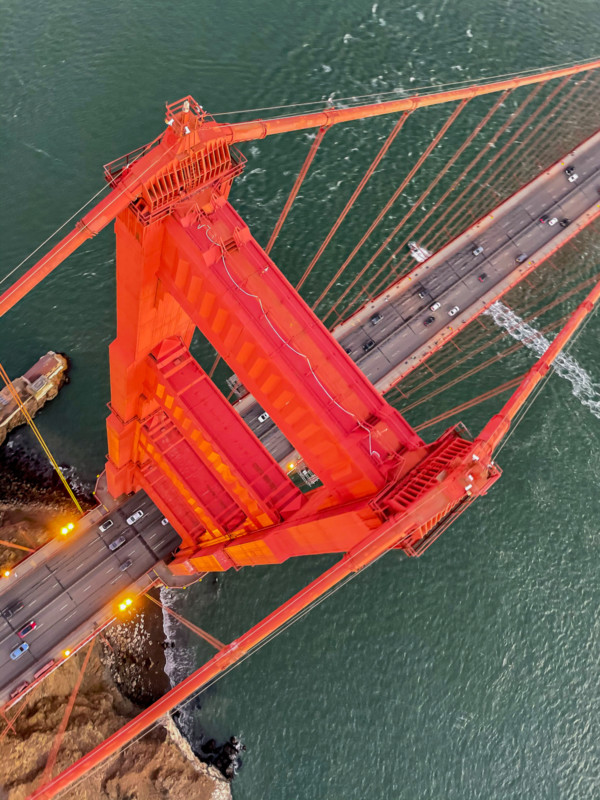


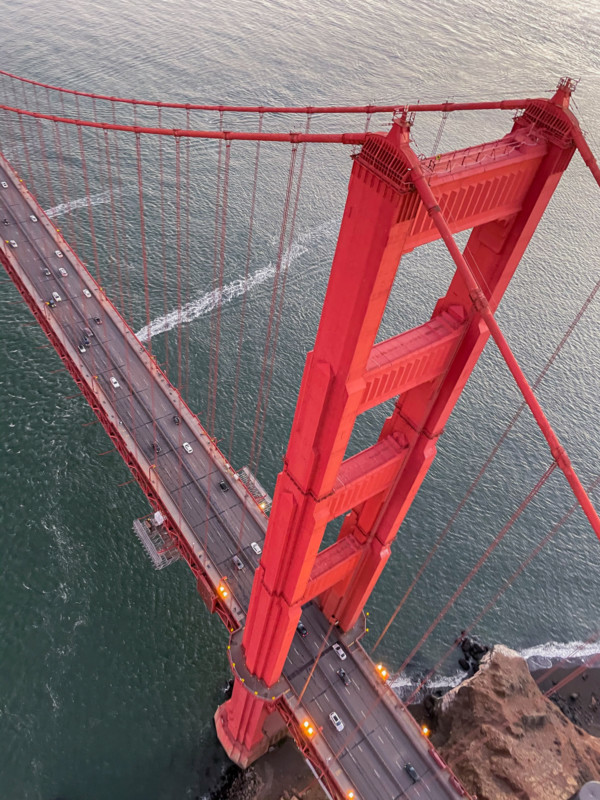

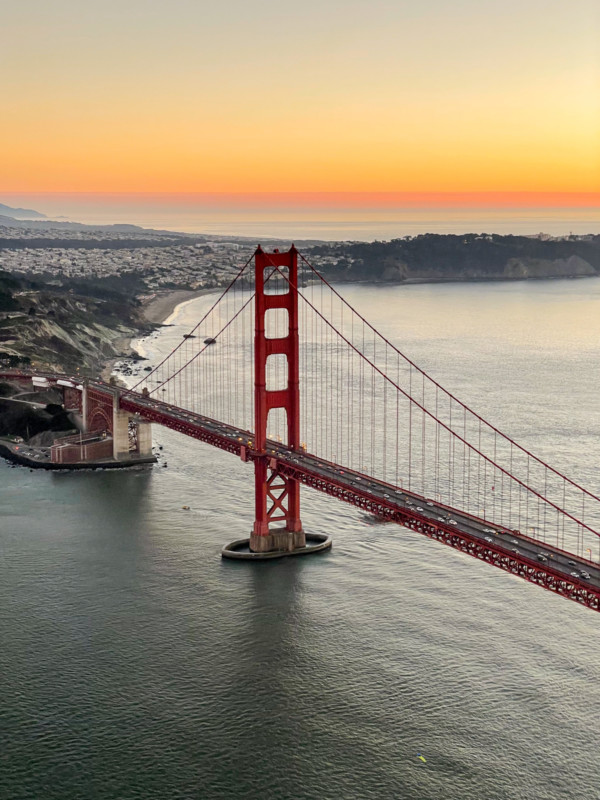
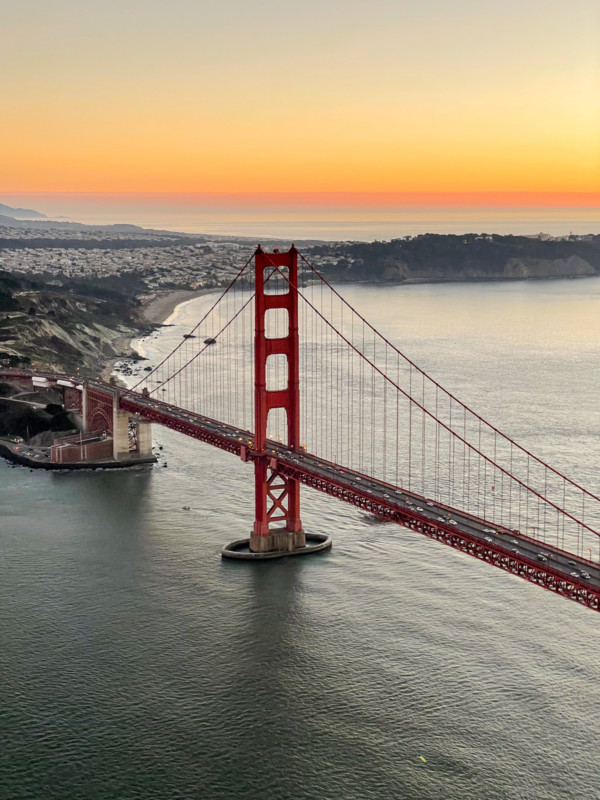

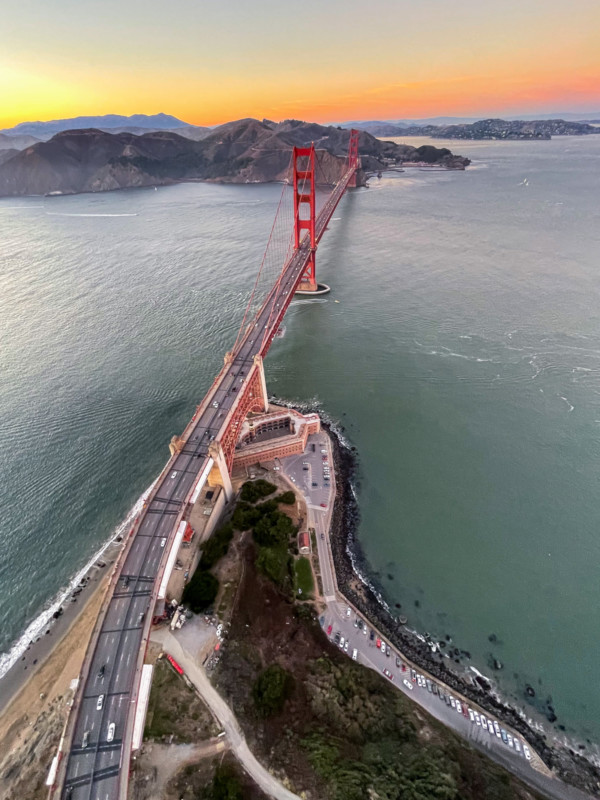
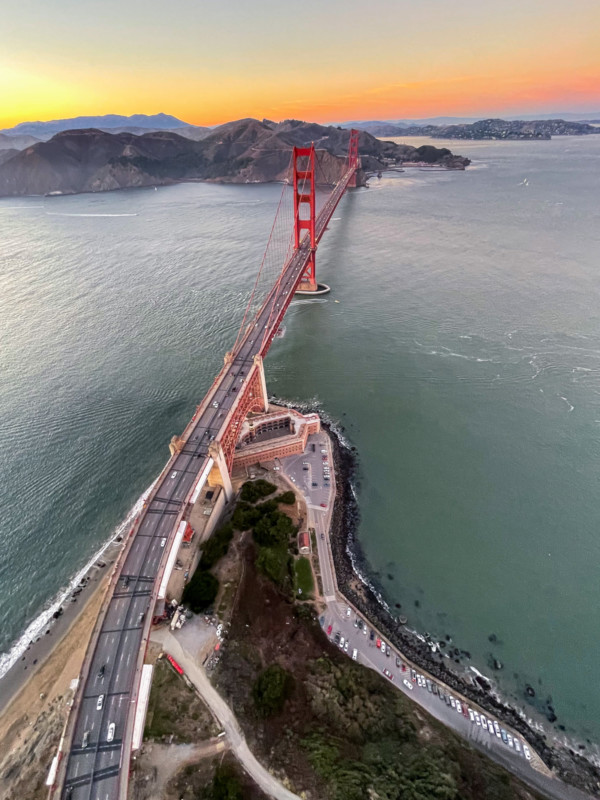

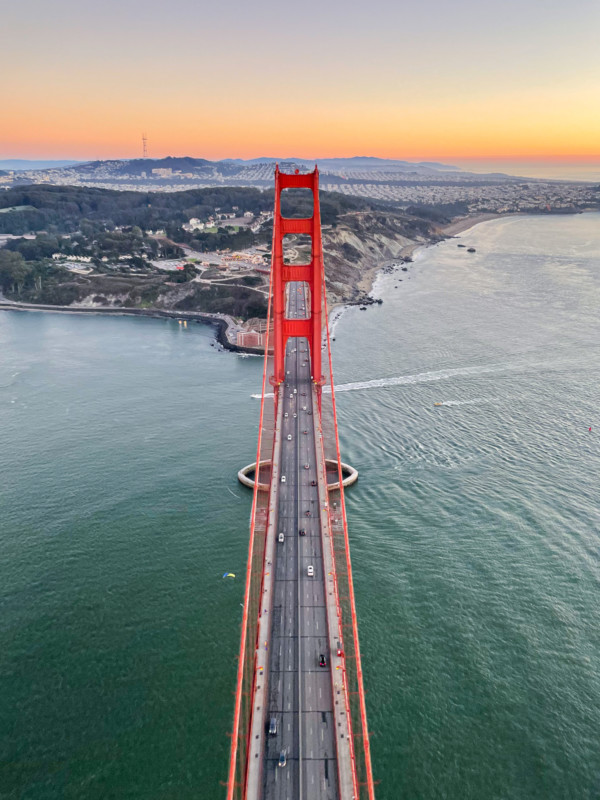


If you would like to learn more about this specific project, YouTuber Rene Ritchie has a detailed interview with Toby worth checking out:
You can view the entire project here, and to see more from Harriman check out his website, Instagram, Twitter, and Flickr.
Image Credits: Toby Harriman and used with permission.